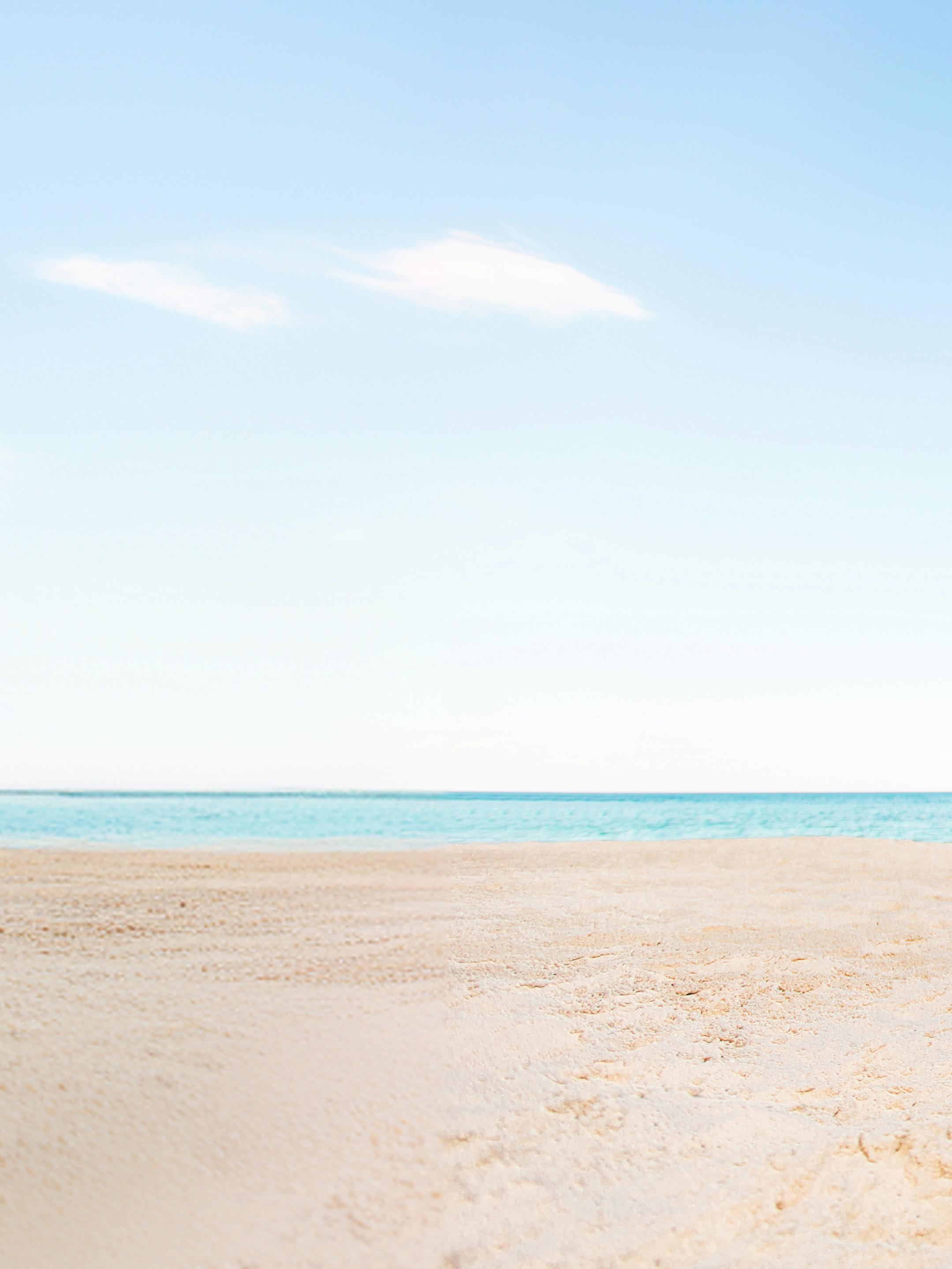

URUGUAY SIN FRONTERAS
INDICE
01. Uruguay Uruguay / Pag. 06
02. Fútbol Uruguayo Uruguayan´s football / Pag. 12
03. Vino Tannat Tannat Wine / Pag. 26
04. Artigas Artigas / Pag. 30
05. Salto Salto / Pag. 36
06. Paysandú Paysandú / Pag. 40
07. Rio negro Black river / Pag. 46
08. Montevideo Montevideo / Pag. 52
09. Barrio Sur South Neighborhood / Pag. 58
10. Palermo Palermo / Pag. 62
11. Pocitos Pocitos/ Pag. 70
12. Soriano Soriano/ Pag. 72
13. Cerro Largo Long Hill / Pag. 76
14. Canelones Canelones / Pag. 80
15. Durazno Durazno / Pag. 84
16. Flores Flowers / Pag. 90
17. Florida Florida / Pag. 94
18. Treinta y Tres Thirty-Three / Pag. 98
19. Colonia Colonia / Pag. 102
20. Rivera Rivera / Pag. 108
21. San José Saint Josephe / Pag. 112
22. Rocha Rocha / Pag. 116
23. Maldonado Maldonado / Pag. 120
24. Lavalleja Lavalleja / Pag. 128
25. Tacuarembó Tacuarembó / Pag. 132


URUGUAY Bienvenidos a
WELCOME TO URUGUAY
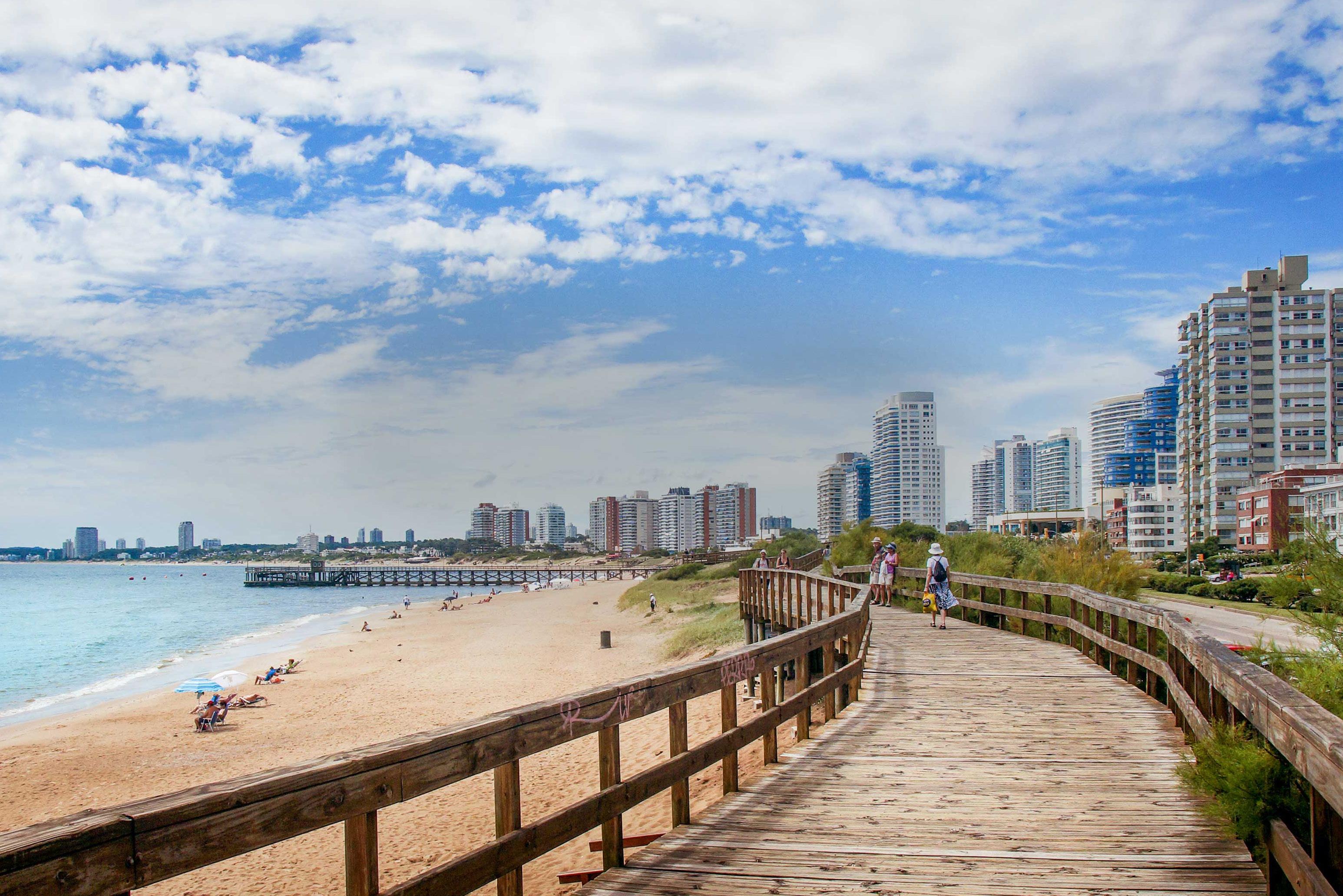

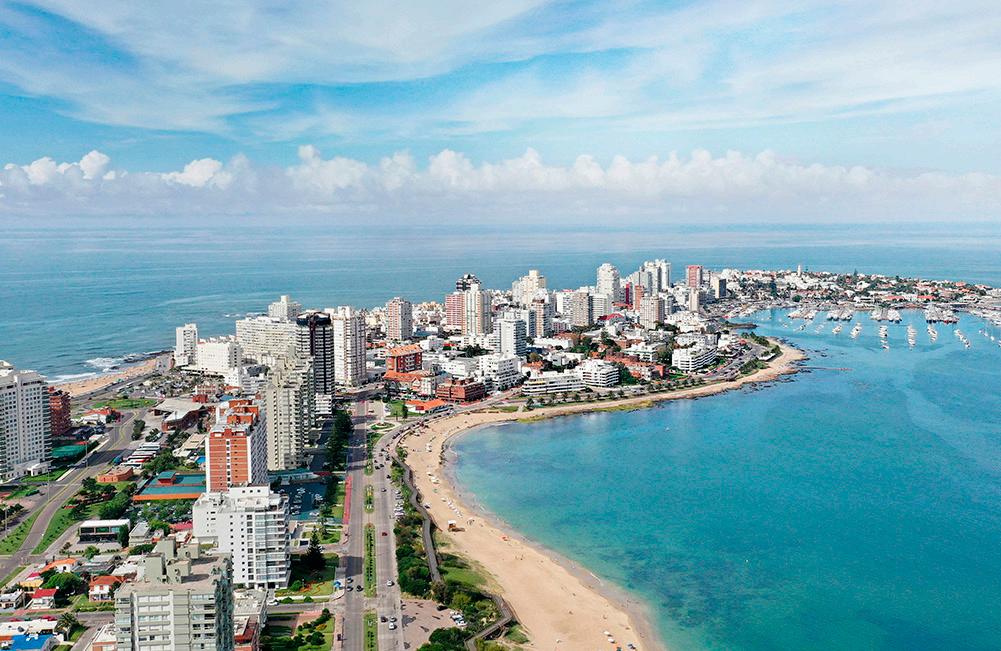
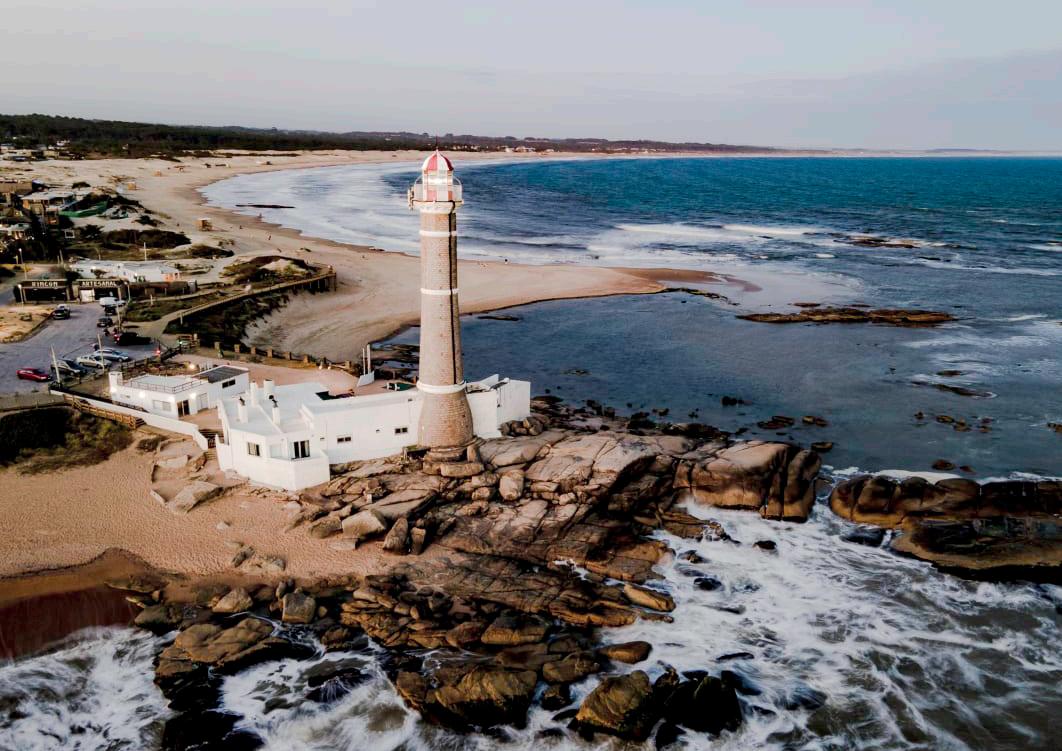


República Oriental del Uruguay
Uruguay es un país de Sudamérica conocido por su interior verde y costa bordeada de playas. La capital, Montevideo, se ubica en torno a la plaza Independencia, donde alguna vez hubo una ciudadela española.
Esta lleva a la Ciudad Vieja, con edificios art deco, casas coloniales y el Mercado del Puerto con muchos restaurantes de carnes. La Rambla es un paseo costero con puestos de pescados, muelles y parques. Los Uruguayos o Charrúas son agradables y amables con todos los turistas que llegan a su país, es imposible no irte con muchos nuevos amigos.
Disfrutar de sus ciudades, recorrer sus principales ferias, lugares hermosos con historia donde comer asados, empanadas y tomar buenos vinos disfrutando de la compañía de algún tango cantado por algún músico callejero.
Recorrer los Barrios Sur y Palermo los fines de semana para ser parte de la multitud que se reúne al son del tamboril y bailar a su compás.
Todos somos iguales, no importa la nacionalidad ni el color de piel, allí todos son Uruguayos! Si hablamos de Playas tendrás kilómetros de costa que podrás disfrutar todos los días en verano de ellas.
Vivir en Uruguay es caro pero es un país que te brinda todo lo necesario para quienes estén pensando en Vivir e Invertir ahí.
Oriental Republic of Uruguay
Uruguay is a South American country known for its green interior and coastline lined with beaches. The capital, Montevideo, is located around Plaza Independencia, where there was once a Spanish citadel. This leads to the Old City, with art deco buildings, colonial houses and the Mercado del Puerto with many meat restaurants. La Rambla is a coastal walk with fish stalls, piers and parks.
The Uruguayans or Charrúa are nice and friendly with all the tourists who come to their country, it is impossible not to go with many new friends. Enjoy its cities, visit its main fairs, beautiful places with history where to eat barbecued, empanadas and drink good wines enjoying the company of a tango sung by a street musician.
Visit the South and Palermo neighborhoods on weekends to be part of the large group of people who meet to the sound of the tambourine and dance to its beat.
We are all the same, regardless of nationality or skin color, they are all Uruguayan! If we talk about Beaches, you will have kilometers of coastline that you can enjoy every day in summer.
Living in Uruguay is expensive but it is a country that offers everything you need for those who are thinking of Living and Investing there.



FUTBOL URUGUAYO
URUGUAYAN´S FOOTBALL


Homenaje al fútbol Urugayo
Tribute to the Uruguayan soccer
Historia - Comienzos
El fútbol fue introducido por los inmigrantes ingleses en los años 1880, más precisamente a la ciudad capital de Montevideo. El primer partido de fútbol del cual se tiene conocimiento en Uruguay fue el disputado en 1881 entre los clubes Montevideo Rowing Club (fundado en 1874) y Montevideo Cricket Club (1861), ambas instituciones polideportivas.
El primer equipo uruguayo dedicado principalmente a la práctica del fútbol fue el Albión Football Club, fundado el 1º de junio de 1891. El 30 de marzo de 1900 se fundó la Uruguay Asociación Football League, actual Asociación Uruguaya de Fútbol, con el fin de organizar el fútbol en el país y sus campeonatos. Dicha asociación organizó el primer Campeonato Uruguayo de Fútbol ese mismo año, el cual fue obtenido por el Central Uruguay Railway Cricket Club.
History - Beginning
Football was introduced by English immigrants in 1880, more precisely to the capital city of Montevideo. The first football game which is known in Uruguay in 1881 was contested between clubs Montevideo Rowing Club (founded 1874) and Montevideo Cricket Club (1861), both institutions multisport.
The first team mainly devoted to Uruguayan football practice Albion Football Club was founded on 1 June 1891. On March 30, 1900 founding of the Uruguay Association Football League, the current Uruguayan Football Association, to organize football in the country and its championships. The association organized the first Uruguayan Football Championship that same year, which was obtained by the Central Uruguay Railway Cricket Club.
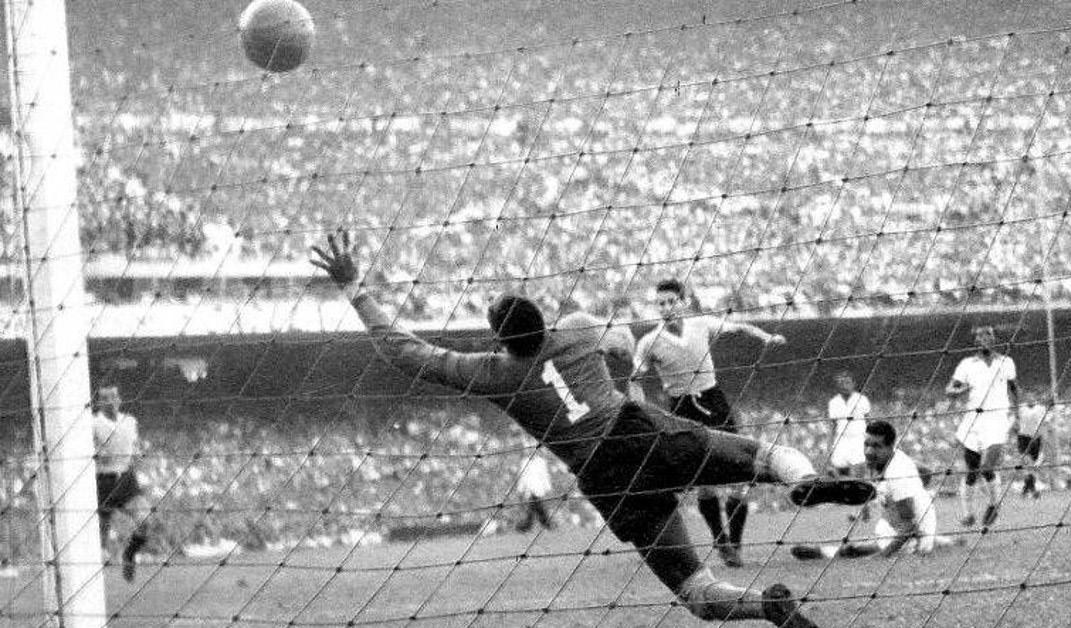
Expansión al interior
A comienzos del siglo XX, y por medio de los obreros del ferrocarril, el fútbol empezó a llegar al resto del país. El primer club de fútbol del interior del país (todos los departamentos excepto Montevideo) fue el Melo Football Club, de la homónima ciudad de Melo, fundado el 29 de mayo de 1903. Por su parte, la primera Liga de este deporte fue la Liga Departamental de Fútbol de San José (San José de Mayo), fundada el 19 de febrero de 1909. Ese año se disputó el primer torneo de esa liga, el cual fue obtenido por el club Formidable.
En 1922 se disputó el primer campeonato de selecciones regionales en el interior: el Campeonato del Litoral, el cual fue obtenido por el representante de la ciudad de Mercedes.
Con el pasar de los años, claramente el fútbol uruguayo se fue dividiendo en dos: el fútbol en Montevideo, y en el resto del país. En la primera mitad del siglo XX se conformaron las diferentes ligas en todo el interior del país, hasta que el 14 de julio de 1946 se conformó la Organización del Fútbol del Interior, organismo que controlaría el fútbol del interior del país.
En la temporada 1951/1952 se disputó por primera vez el Campeonato de Selecciones del Interior, el cual fue obtenido por el representante de Durazno.
En el año 1965 se jugó la primera Copa El País (campeonato de clubes del interior), el cual quedó en manos del club Atenas de San Carlos.
Expansion into
In the early twentieth century, and through the railway workers, football began to reach the rest of the country.
The first football club in the interior (all departments except Montevideo) was the Melo Football Club, the namesake city of Melo, founded on May 29, 1903. For its part, the first league of the sport was the Departmental League Soccer San Jose (San José de Mayo), founded on February 19, 1909. That year the first tournament was played in that league, which was obtained by the club Formidable.
In 1922 he played the first regional championship teams inside: Coastal Championship, which was obtained by the representative of the city of Mercedes. Over the years, clearly the Uruguayan football was divided into two: the game in Montevideo, and the rest of the country. In the first half of the twentieth century shaped the various leagues throughout the interior of the country until July 14, 1946 was formed the Organization of Football of the Interior, an agency that would control the football inside the country.
In the 1951/1952 season was held for the first time Championship Picks Interior, which was obtained by the representative of Durazno. In 1965 he played the first Copa El País (club championship of the interior), which remained with the Athens club San Carlos.
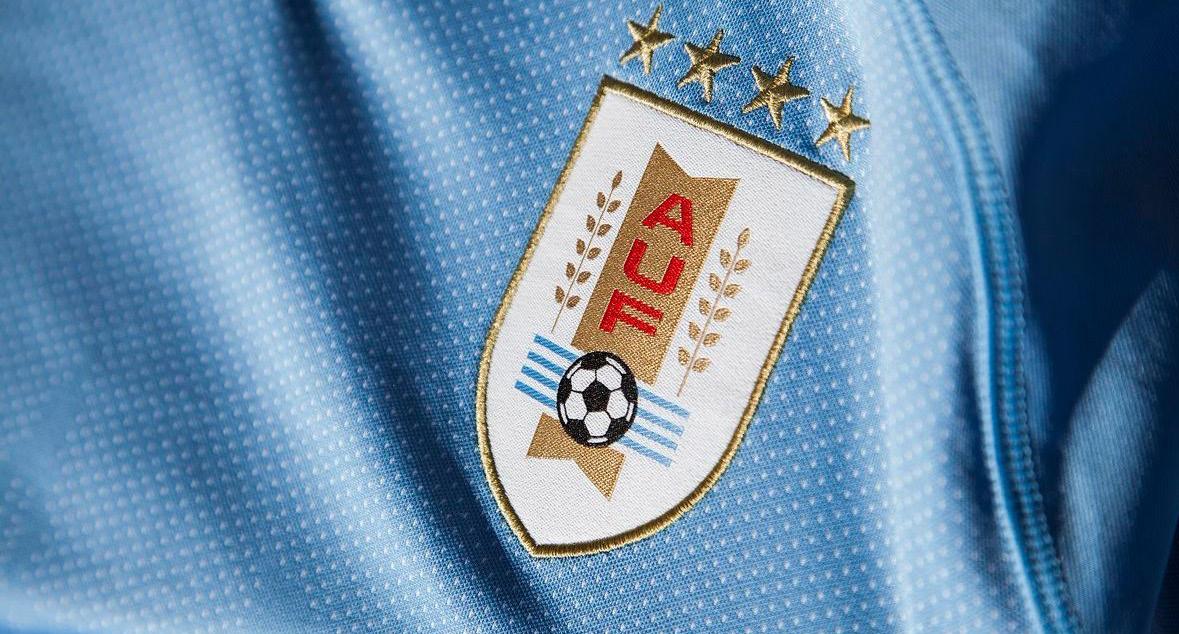
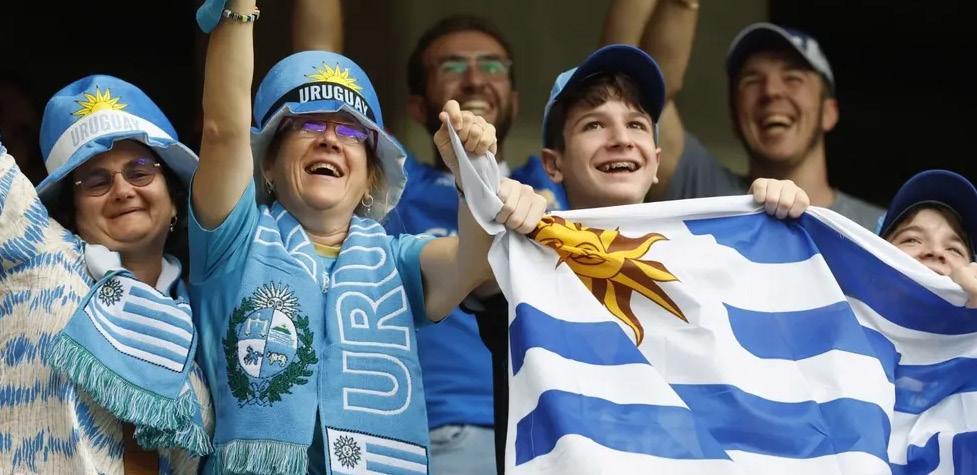
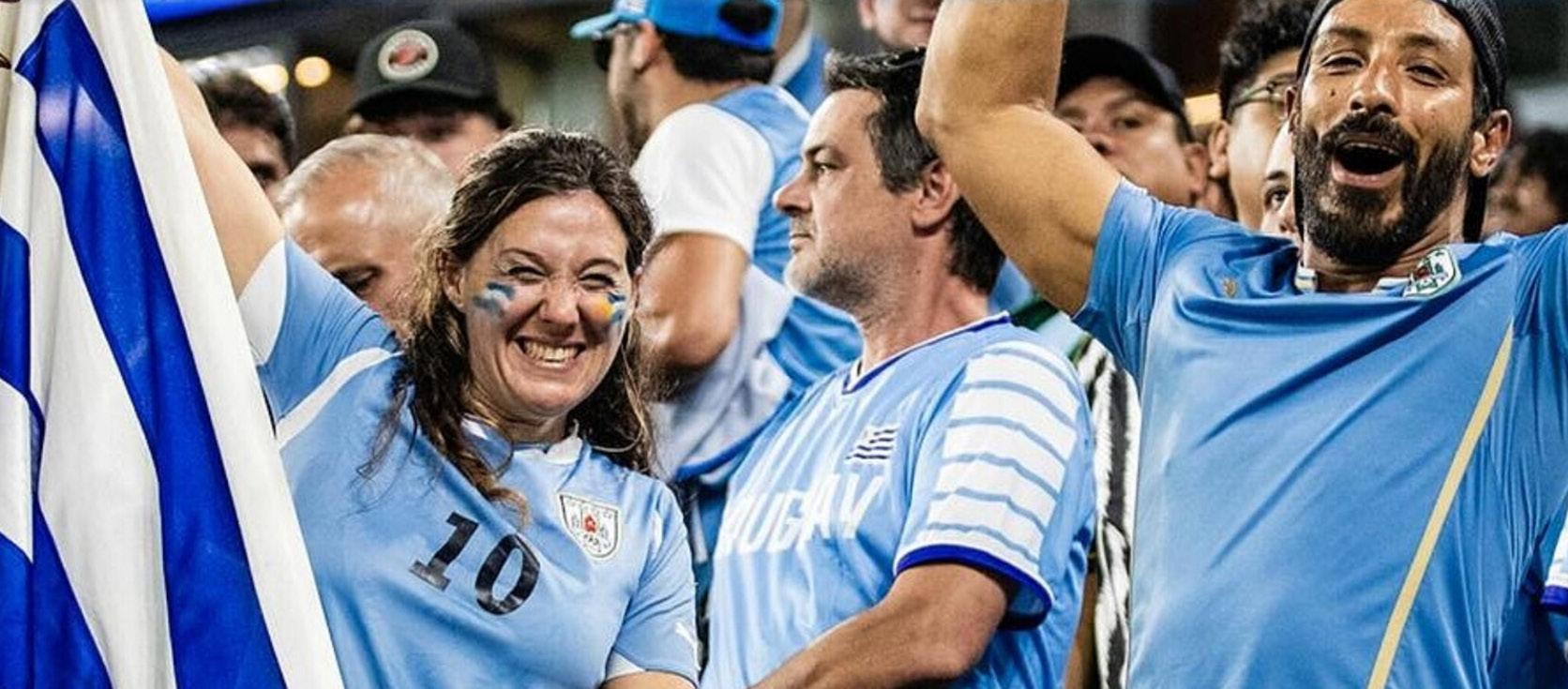



Selección Nacional
El 16 de mayo de 1901 en Montevideo, la Selección de fútbol de Uruguay juega su primer partido frente a su par argentino, resultando perdedor por 3 goles a 2. Este partido fue el primero a nivel de selecciones fuera del Reino Unido.
El 13 de setiembre de 1903 la Selección Uruguaya de Fútbol logra su primer triunfo internacional derrotando, de visita, al Seleccionado Argentino por 2 a 3. Los goals uruguayos fueron convertidos por Carlos Céspedes en 2 oportunidades (0-1 y 2-3) y Bolívar Céspedes (0-2). Jorge Brown descontó y empató transitoriamente (1-2 y 2-2) para el conjunto argentino. El match se disputó en el field de la Sociedad Hípica Argentina.
Cabe destacar que por desavenencias en el seno de la Asociación Uruguaya de Fútbol el equipo Uruguayo fue representado en su totalidad por el plantel del Club Nacional de Football.
En 1916 se consagra campeón del Primer Campeonato Sudamericano de Selecciones (actual Copa América) en forma invicta. Por entonces, la selección uruguaya era la única del mundo en la que jugaban jugadores negros, Isabelino Gradín y Juan Delgado, siendo el primero el goleador del certamen; el hecho motivó que Chile, vencido en la final, solicitara la anulación del partido debido a la inclusión de los dos jugadores de piel negra.1 Hasta 2008, Uruguay se mantiene como una de las selecciones con más títulos (14) de este torneo.
En 1924 obtiene la medalla dorada en los Juegos Olímpicos, impresionando a los equipos europeos por su nivel de juego. La proeza se repetiría cuatro años tarde en los Juegos Olímpicos de 1928. Ante estos logros, la FIFA le otorgó la organización del primer Campeonato Mundial de Fútbol, el cual también lo tuvo como campeón.
En 1950 logró la Copa Mundial de Fútbol de ese año, venciendo heroicamente a Brasil en el episodio llamado Maracanazo, el cual es considerado hasta el día de hoy como la más grande proeza del fútbol mundial. El último torneo a nivel mundial de la selección fue la Copa de Oro de 1980/1981, venciendo en la final al combinado brasilero.
National Team
On May 16, 1901 in Montevideo, Uruguay football team plays its first game against his Argentine counterpart, resulting in losing by 3 goals to 2. This game was the first national teams outside the UK.
On September 13, 1903 the Uruguayan Football achieved his first international victory defeating a visit, the Argentine national team for 2 to 3. The goals were scored by Uruguayan Carlos Cespedes 2 chances (0-1 and 2-3) and Bolivar Cespedes (0-2). George Brown temporarily pulled and tied (1-2 and 2-2) for the Argentinean. The match was played in the field of Horse Society Argentina.
Note that due to disagreements within the Uruguayan Football Association Uruguayan team was represented entirely by the campus of the National Football Club. In 1916 he was champion of the First South American Championship Selections (current America’s Cup) as undefeated. By then, the Uruguayan was the only world in which black players were playing, and Juan Delgado Gradín Elizabethan, the first being the scorer of the competition, motivated by the fact that Chile, won in the end, requested the cancellation of the match due to the inclusion of two players from skin negra.1 Until 2008, Uruguay is still one of the teams with the most titles (14) of this tournament.
In 1924 he obtained the gold medal in the Olympics, to impress European clubs by his play. The feat was repeated four years later in the 1928 Olympics. Given these achievements, FIFA awarded the organization’s first World Cup, which also had him as champion.
In 1950 he won the World Cup that year, beating Brazil in the heroic episode called Maracana, which is considered even today as the greatest feat of world football. The last tournament in the world of the selection was the Gold Cup in 1980/1981, winning the final against Brazil combined.

Los grandes
La gloria del fútbol uruguayo se ha visto reflejado a nivel de clubes por sus dos equipos más populares: el Club Atlético Peñarol y el Club Nacional de Football. Ambos clubes han conquistado la mayoría de los Campeonatos Uruguayos de Fútbol a lo largo de su historia y figuran entre los clubes más galardonados del mundo. Tanto manyas (Peñarol) como tricolores (Nacional), tienen en su poder 3 Copas Intercontinentales cada uno, siendo ambos clubes los primeros en conseguir esta marca. Esta hegemonía fue rota en el año 1976 por el club Defensor Sporting que en ese año marco el hito de la primer conquista en 45 años de un Campeonato Uruguayo de Fútbol por parte de un club distinto a los grandes, ya que el último cuadro de los denominados chicos en campeona había sido el Montevideo Wanderers en 1931, último campeonato disputado bajo régimen amateur.
A nivel sudamericano, Peña rol ha logrado la Copa Libertadores de América en 5 ocasiones, mientras que Nacional la ha logrado en 3 ocasiones; habiéndola conquistado por última vez en las ediciones de 1987 y 1988 respectivamente. Nacional ganó la Recopa Sudamericana en una ocasión y la Copa Interamericana dos veces.
Large
The glory of the Uruguayan soccer has been reflected at club level for his two most popular teams: Club Atlético Peñarol and Nacional de Football Club. Both clubs have won the majority of the Uruguayan Football Championships throughout history and are among the most awarded club of the world. Both Manya (Peñarol) and tricolor (National), are holding 3 Cups each, both clubs the first to achieve this mark. This hegemony was broken in 1976 by the club Defensor Sporting in that year marked the first milestone of achievement in 45 years of Uruguayan Championship Football by a club other than the great, and the last frame of the boys called a champion had been the Montevideo Wanderers in 1931, last championship played under amateur rules.
A South American level, Peña has role Libertadores Cup on 5 occasions, while National has been in 3 times; habiéndola won last in 1987 and 1988 editions respectively. Nacional won the Recopa Sudamericana on one occasion and the InterAmerican Cup twice.
Debacle
Durante el correr de los años 1990, y finales de los años 2000, el fútbol uruguayo empezó a caer en caída libre, teniendo una sequía de títulos a nivel continental. La buena actuación del C.A. Peñarol en la Copa Libertadores de 2011 parece insinuar un repunte del fútbol uruguayo a nivel de clubes, y la obtención por parte de la Selección Uruguaya de Fútbol de la Copa América 2011, disputada en Argentina, añadiéndose a éste el cuarto puesto obtenido en la Copa Mundial de Fútbol Sudáfrica 2010, indicando un aumento de calidad por parte del seleccionado Uruguayo.
Cultura
El fútbol es en Uruguay un estilo de vida. La gran mayoría de los uruguayos se ven identificados con un equipo de fútbol, principalmente con uno de los grandes (Nacional o Peñarol).
Los días domingos son por excelencia los días para la práctica de este deporte. A lo ancho y largo del país se disputan partidos de fútbol, los cuales son tema de discusión en las calles a lo largo de toda la semana. El fútbol es una cultura en Uruguay, y su práctica se suele ver casi en cualquier punto del país, desde el Estadio Centenario, hasta en la calles de las áreas urbanas.
Debacle
During the course of the years 1990 and late 2000, the Uruguayan football began to fall in free fall, having a title drought at continental level. The good performance of C.A. Peñarol Libertadores Cup in 2011, seems to suggest a rebound of Uruguayan football at club level, and the acquisition by the Uruguayan Football America’s Cup 2011 finals in Argentina, adding to it obtained the fourth place in the Cup South Africa World Cup 2010, indicating an increase in quality by the Uruguayan national team.
Culture
Uruguay Football is a lifestyle. The vast majority of Uruguayans are identified with a football team, especially with a major (national or Peñarol).
On Sundays are excellent days to practice this sport. A length and breadth of the country are competing football games, which are the subject of discussion in the streets throughout the week.
Football is a culture in Uruguay, and practice is often seen almost anywhere in the country, from the Estadio Centenario, even in the streets of urban areas.

Actualidad
Actualmente el fútbol uruguayo está organizado por la Asociación Uruguaya de Fútbol (AUF), principalmente en Montevideo, y por la Organización del Fútbol del Interior (OFI) en el resto del país.
El torneo más importante es el Campeonato Uruguayo de Fútbol de Primera División, el cual clasifica equipos para participar en la Copa Libertadores de América y la Copa Sudamericana. Dicho torneo es jugado por equipos de la ciudad de Montevideo y algunos de otras ciudades, como por ejemplo Tacuarembó, Las Piedras y Rocha.
Por su parte el torneo más importante del interior del país a nivel de clubes es la Copa El País, y a nivel de selecciones es la Copa Nacional de Selecciones. Estos torneos son de nivel amateur.
A lo largo de historia no ha existido en el Uruguay un torneo verdaderamente uruguayo, en el cual participen equipos de todo el país, a pesar de los esfuerzos de integración por parte de AUF y OFI.
Present
Currently Uruguayan football is organized by the Uruguayan Football Association (AUF), mainly in Montevideo and the Interior Soccer Organization (IFO) in the rest of the country.
The tournament is the most important Uruguayan Football Championship First Division, which ranks teams to participate in the Copa Libertadores and Copa Sudamericana. The tournament is played by teams from the city of Montevideo and some other cities, such as Tacuarembo, Stones and Rocha.
For his part the most important tournament of the interior at club level is the Cup the country and national teams is the National Teams Cup. These tournaments are amateur.
Throughout history there has been a tournament in Uruguay Uruguayan truly, in which teams from all over the country, despite the efforts of integration by the AUF and OFI.
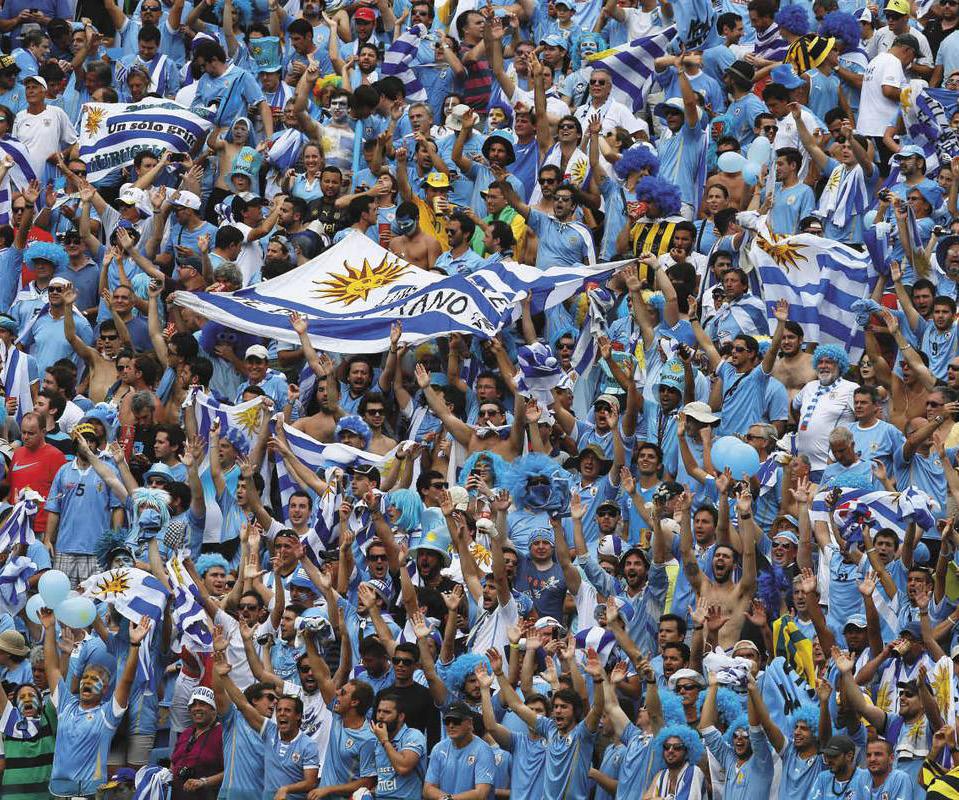
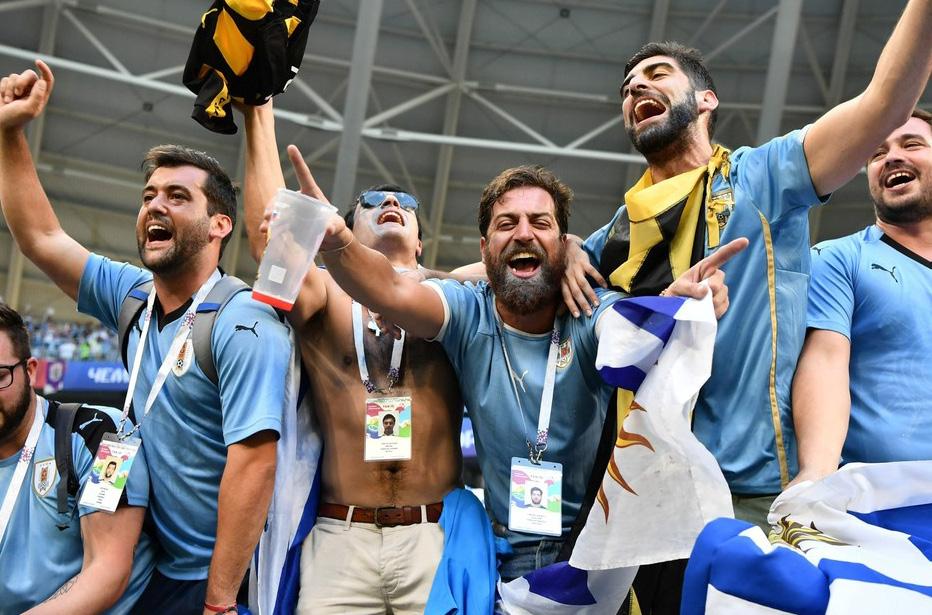




Uruguay celebra su primer título mundial sub-20
Uruguay celebrates its first U-20 World Cup title
La locura se apoderó de las calles de Montevideo, donde miles de uruguayos celebraban el triunfo de su selección ante Italia.
Uruguay conquistó por primera vez en su historia la Copa del Mundo Sub-20 este domingo (12.06.2023) en Argentina al vencer en la final a Italia por 1-0.
“Es lindo hacer historia”, dijo emocionado el goleador de la noche a minutos de levantar la Copa del Mundo.
Madness took over the streets of Montevideo, where thousands of Uruguayans celebrated their team’s victory against Italy.
Uruguay won the U-20 World Cup for the first time in its history this Sunday (06/12/2023) in Argentina by beating Italy 1-0 in the final.
“It’s nice to make history,” the night’s scorer said excitedly just minutes after lifting the World Cup.club level is the Cup the country and national teams is the National Teams Cup. These tournaments are amateur. Throughout history there has been a tournament in Uruguay Uruguayan truly, in which teams from all over the country, despite the efforts of integration by the AUF and OFI.

02.
VINO TANNAT TANNAT WINE

Vino Tannat
El Tannat es el vino varietal que inició la producción vitivinícola del Uruguay a escala comercial. En 1870, Don Pascual Harriague, buscando una cepa que se adaptara al suelo y clima locales, introdujo al país numerosas variedades de uva. Una de estas, la variedad Tannat originaria del sur de Francia, Los primeros sarmientos fueron introducidos en Argentina, por otro Francés de origen vasco don Juan Jauregui e implantadas en Concordia Argentina, la variedad se conocía en esa región como “Lorda”, Don Juan entregó varios sarmientos a Don Pascual, y probó ser extremadamente exitosa y llevó a la producción de un vino sumamente atractivo para los consumidores de la época.
Algún tiempo después, Harriague obtuvo el premio al mejor vino producido en el país, específicamente, por su vino Tannat. Por este motivo, desde 1877, el Tannat se conoce como el “Vino Uruguayo”. Desde sus comienzos, entonces, el vino Tannat ha presentado las cualidades técnicas de color y estructura que le dan su valor enológico. Los Tannat son vinos tánicos, de taninos suaves y tiernos, y un atractivo color.
Uruguay es el único productor en el mundo donde existen viñedos significativos en cantidades aún mayores que en su tierra nativa: Madiran e Irouléguy, sudoeste de Francia.[cita requerida] En Uruguay, la superficie plantada de esta variedad, representa un tercio de los viñedos.[cita requerida] El vino Tannat presenta dos principios enológicos básicos: calidad y características locales. Esto ha conducido al creciente reconocimiento de Uruguay como país productor de vinos de calidad. La “identidad” obtenida con el vino Tannat, abrió los mercados internacionales a otras variedades de vinos uruguayos.
El vino Tannat se expresa perfectamente solo, pero presenta también combinaciones de características particulares, en cortes con otras variedades. Esto da como resultado una gran diversidad; Tannat-Cabernet Sauvignon, Tannat-Merlot, Tannat-Cabernet Franc. También se ha comenzado a elaborar vino Tannat en barricas de Roble. Todo esto significa que solo o en combinación con otras variedades, el Tannat se expresa magníficamente.
Tannat Wine
Tannat is the varietal wine that started the wine production of Uruguay on a commercial scale. In 1870, Don Pascual Harriague, seeking a strain that would adapt to the local soil and climate, introduced numerous grape varieties to the country. One of these, the Tannat variety, originally from the south of France. The first shoots were introduced in Argentina, by another Frenchman of Basque origin, Juan Jauregui and implanted in Concordia Argentina, the variety was known in that region as “Lorda”, Don Juan He delivered several vine shoots to Don Pascual, and it proved extremely successful and led to the production of an extremely attractive wine for consumers of the time.
Some time later, Harriague won the award for the best wine produced in the country, specifically, for his Tannat wine. For this reason, since 1877, Tannat has been known as the “Uruguayan Wine”. Since its inception, then, Tannat wine has presented the technical qualities of color and structure that give it its oenological value. Tannat are tannic wines, with soft and tender tannins, and an attractive color.
Uruguay is the only producer in the world where there are significant vineyards in even greater quantities than in their native land: Madiran and Irouléguy, southwestern France. [Citation needed] In Uruguay, the planted area of this variety represents a third of the vineyards . [citation required] Tannat wine has two basic oenological principles: quality and local characteristics. This has led to the growing recognition of Uruguay as a quality wine producing country. The “identity” obtained with Tannat wine, opened the international markets to other varieties of Uruguayan wines.
Tannat wine expresses itself perfectly on its own, but also presents combinations of particular characteristics, in cuts with other varieties. This results in great diversity; Tannat-Cabernet Sauvignon, Tannat-Merlot, TannatCabernet Franc. Tannat wine has also started to be made in oak barrels. All this means that alone or in combination with other varieties, Tannat expresses itself magnificently.

ARTIGAS ARTIGAS
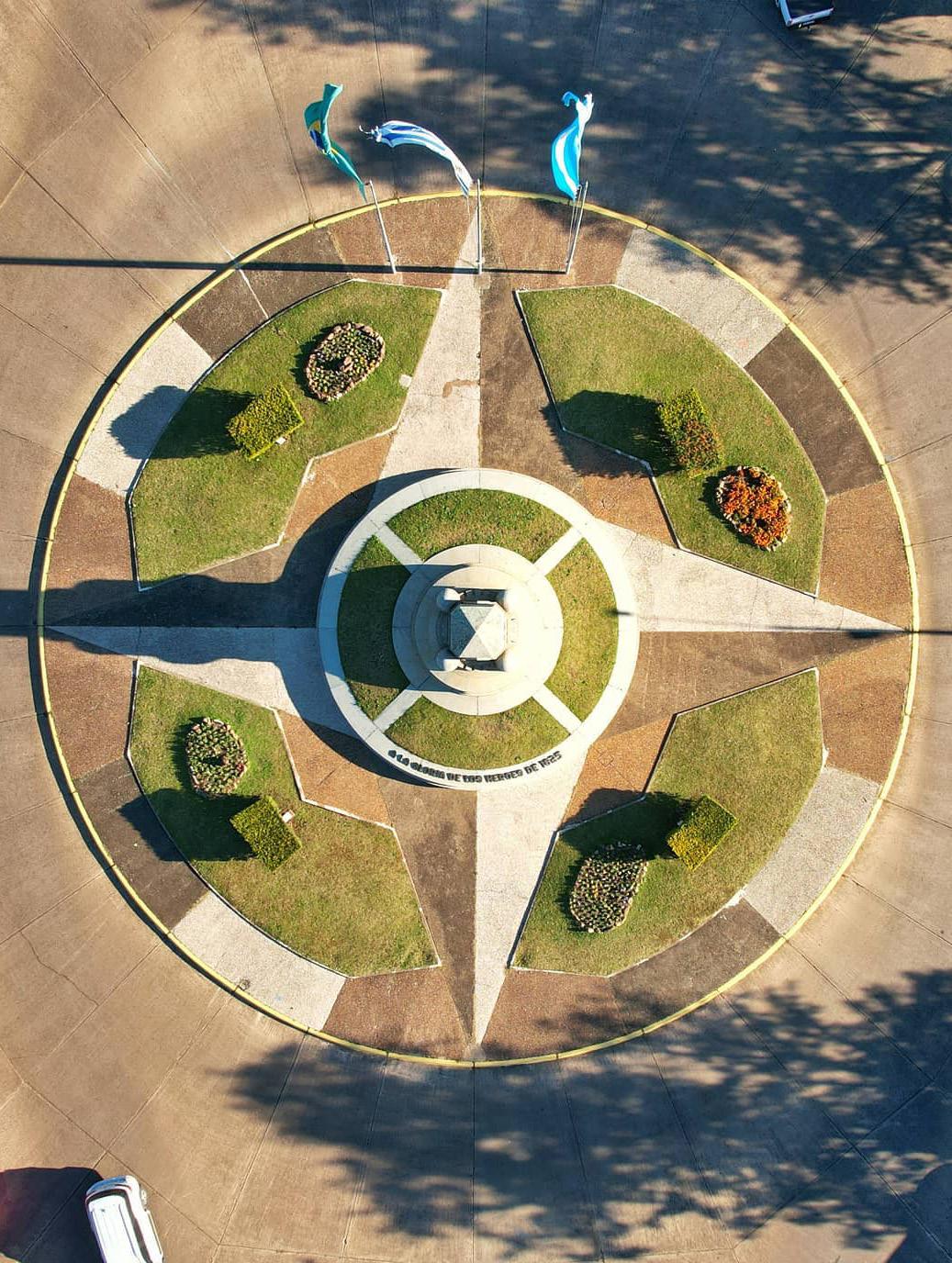
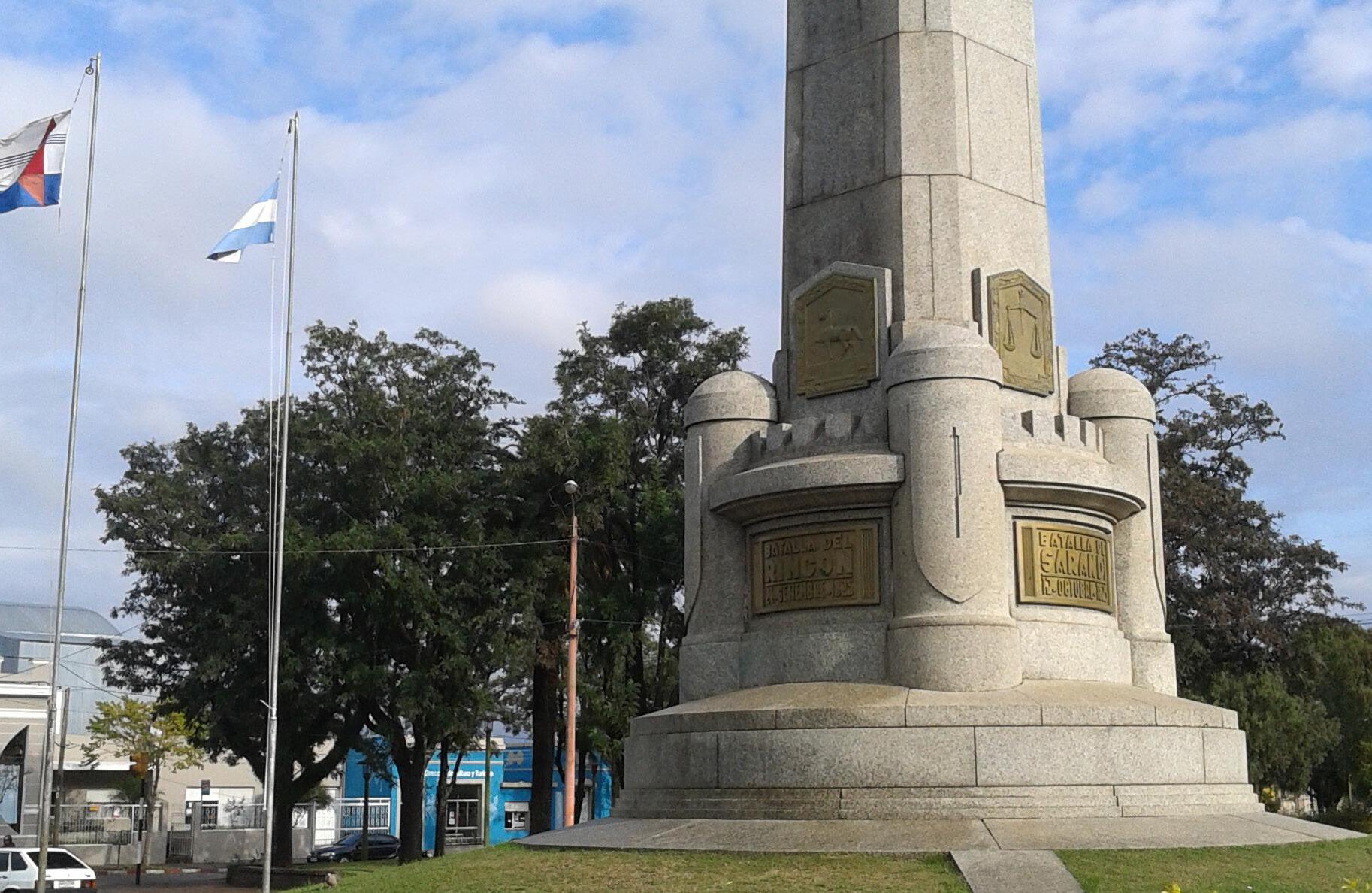
Departamento de Artigas
Región dueña de un pasado prehistórico que luego se convirtió en “tierra de nadie” entre los imperios español y portugués. El inicial predominio indígena (chanáscharrúas-guaraníes) fue desplazado por el poblamiento criollo y las posteriores colonias de inmigrantes.
En 1817 se produce la Batalla del Catalán a orillas del arroyo Catalán, entre las fuerzas del artiguismo, que comandaba Andrés Latorre, y los invasores portugueses al mando del marqués de Alegrete y el guerrillero Abreu, en el marco de la Invasión Portuguesa iniciada en 1816. El departamento de Artigas fue creado por ley el 1º de octubre de 1884, sobre territorio que correspondía previamente al departamento de Salto; a partir de esa fecha se designa a la Villa de San Eugenio como capital, la que en el año 1915 pasa a la categoría de ciudad, con el nombre de Artigas, capital del departamento con el mismo nombre en homenaje al héroe nacional uruguayo José Gervasio Artigas. Vinculado al hecho estuvo el coronel Carlos Lecueder, primer jefe político y de policía de Artigas.
Departament of Artigas
Region owning a prehistoric past that later became “no man’s land” between the Spanish and Portuguese empires. The initial indigenous predominance (ChanásCharrúas-Guaraníes) was displaced by the Creole population and the later colonies of immigrants.
In 1817 the Battle of the Catalan took place on the banks of the Catalan stream, between the forces of artiguism, commanded by Andrés Latorre, and the Portuguese invaders under the command of the Marquis de Alegrete and the guerrilla Abreu, within the framework of the Portuguese Invasion that began in 1816 . The department of Artigas was created by law on October 1, 1884, on territory that previously corresponded to the department of Salto; As of that date, the Villa de San Eugenio was designated as the capital, which in 1915 passed to the category of city, with the name of Artigas, capital of the department with the same name in homage to the Uruguayan national hero José Gervasio Artigas. Linked to the event was Colonel Carlos Lecueder, Artigas’ first political and police chief.
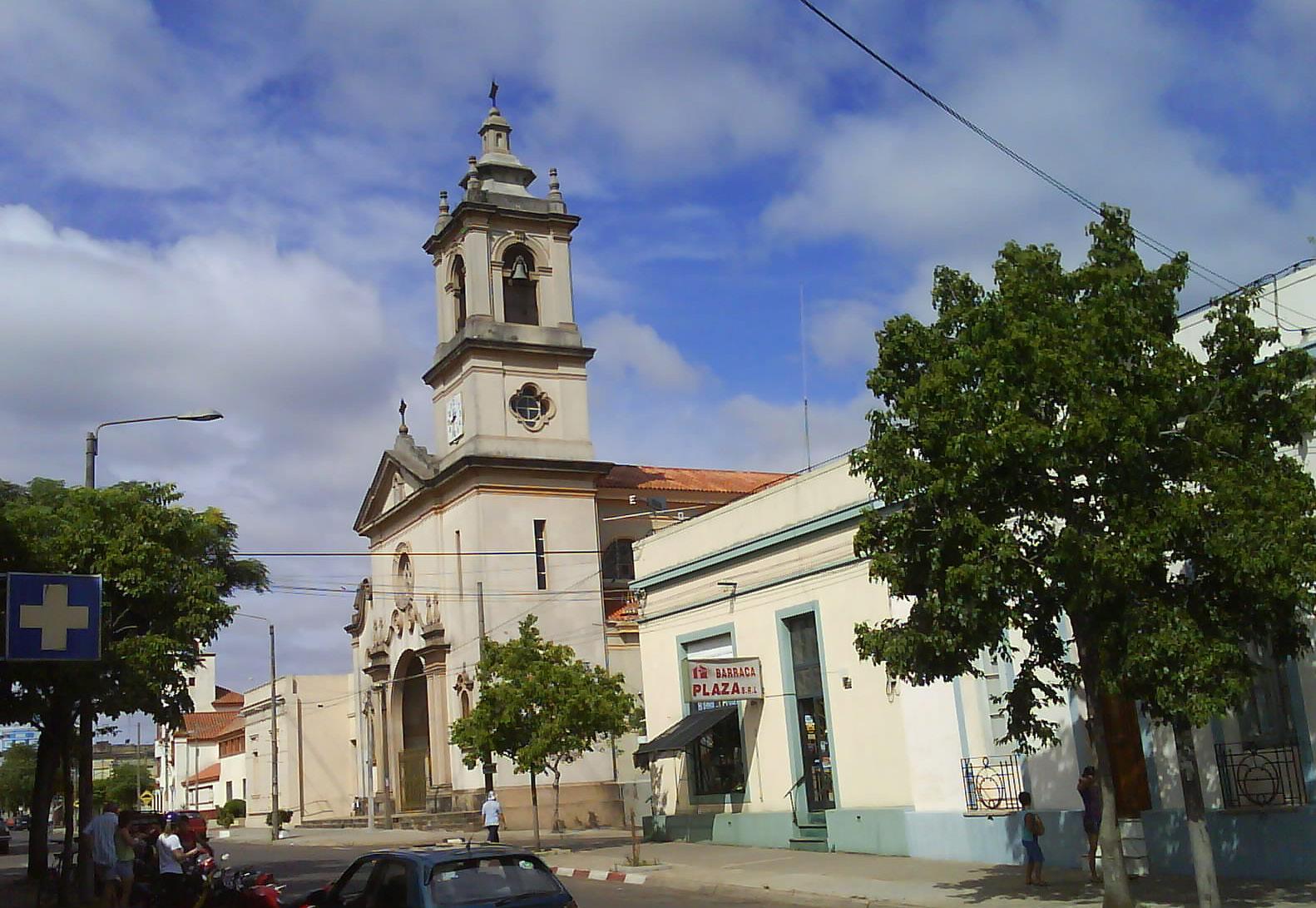


Iglesia Sagrado Corazón
Su capital Artigas surge al finalizar la Guerra Grande con el fin de consolidar las fronteras con Brasil, con el nombre de San Eugenio del Cuareim. Fue fundada el 12 de setiembre de 1852 por Don Carlos Catalá, eligiendo como mejor sitio el ubicado sobre las márgenes del río Cuareim y frente a la Villa San Juan Bautista del otro lado del río, que era un asentamiento militar que se transformó luego en lo que es hoy día la ciudad de Quaraí.
Con el nombre de Santa Rosa del Cuareim fue fundada la actual Bella Unión por Fructuoso Rivera y los guaraníes refugiados tras la campaña a las Misiones Orientales contra el Brasil en 1829 que lo acompañaban. En 1852 tras vencer los colorados aliados del Brasil a los nacionales, el territorio al norte del Cuareim fue cedido al Brasil lo cual motivó un desalojo de la población. En 1853 fue refundada con el nombre de Santa Rosa de la Bella Unión del Quareim. En el año 1929 el gobierno nacional con motivo del centenario de la campaña de las Misiones, envió un proyecto de ley a la Cámara de Senadores, en la cual establecía el nombre de Bella Unión, que para aquel tiempo era una villa.
Sacred Heart Church
Its capital Artigas arises at the end of the Great War in order to consolidate the borders with Brazil, with the name of San Eugenio del Cuareim. It was founded on September 12, 1852 by Don Carlos Catalá, choosing as the best site the one located on the banks of the Cuareim River and in front of the Villa San Juan Bautista on the other side of the river, which was a military settlement that later became what which is today the city of Quaraí.
With the name of Santa Rosa del Cuareim, the current Bella Unión was founded by Fructuoso Rivera and the Guarani refugees after the campaign to the Eastern Missions against Brazil in 1829 that accompanied him. In 1852 after defeating the Colorado allies of Brazil to the nationals, the territory north of Cuareim was ceded to Brazil, which led to an eviction of the population. In 1853 it was re-founded with the name of Santa Rosa de la Bella Unión del Quareim. In 1929 the national government on the occasion of the centenary of the Missions campaign, sent a bill to the Senate, in which it established the name of Bella Unión, which at that time was a town.

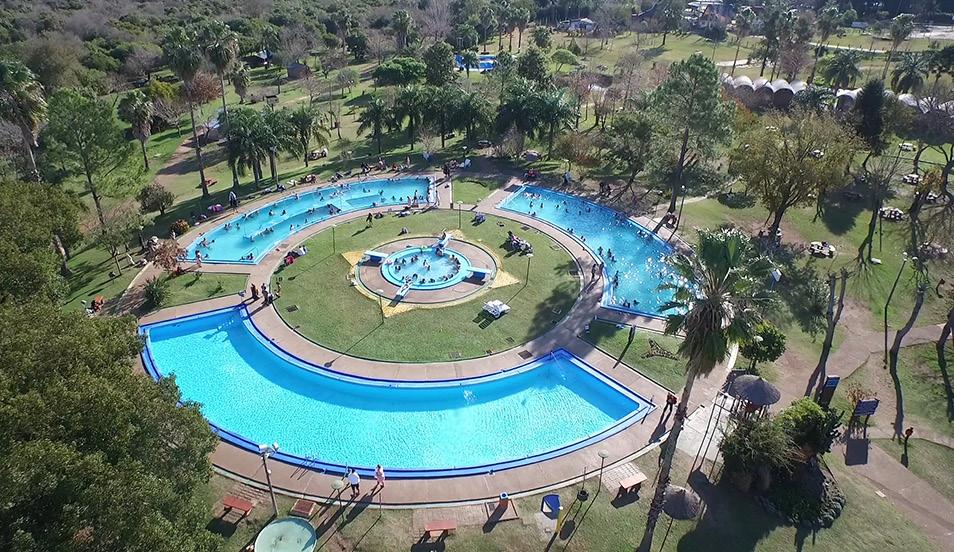

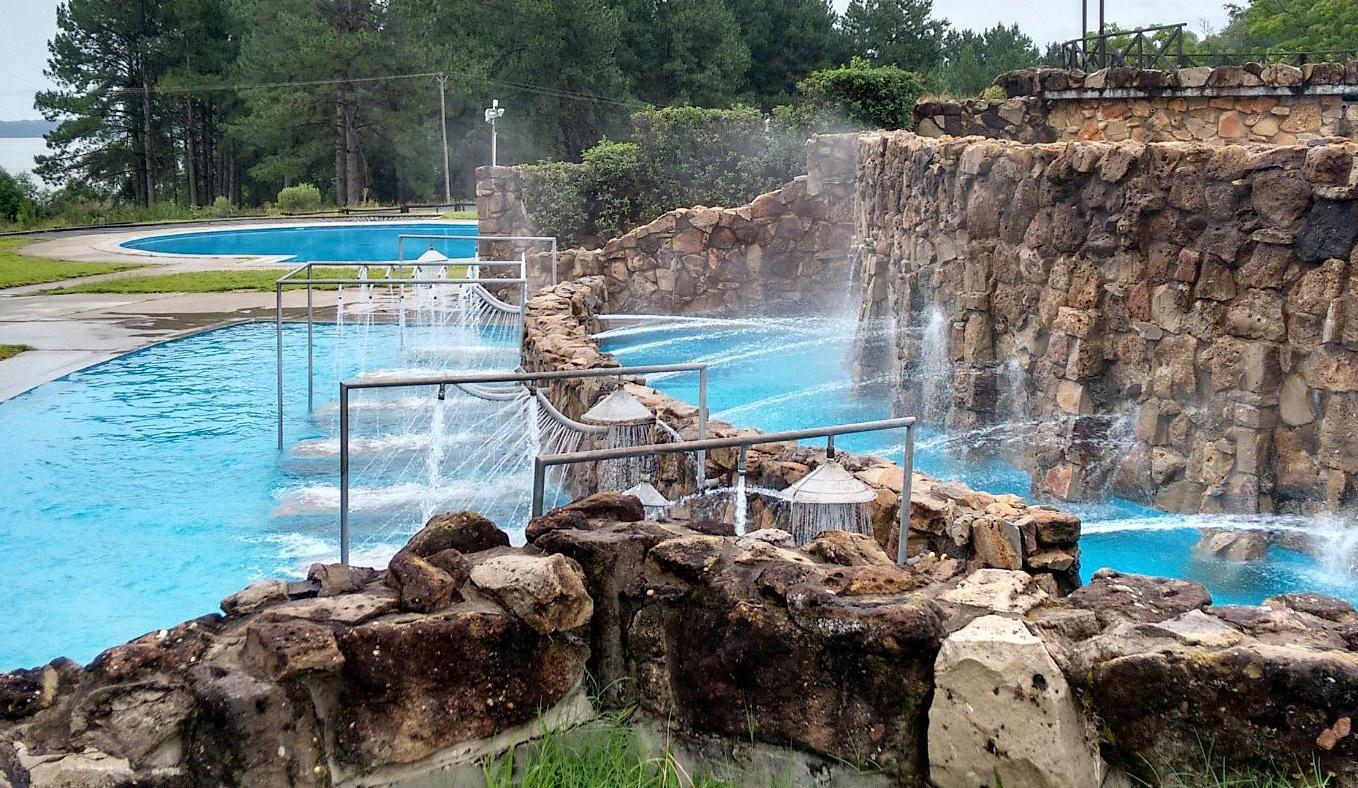
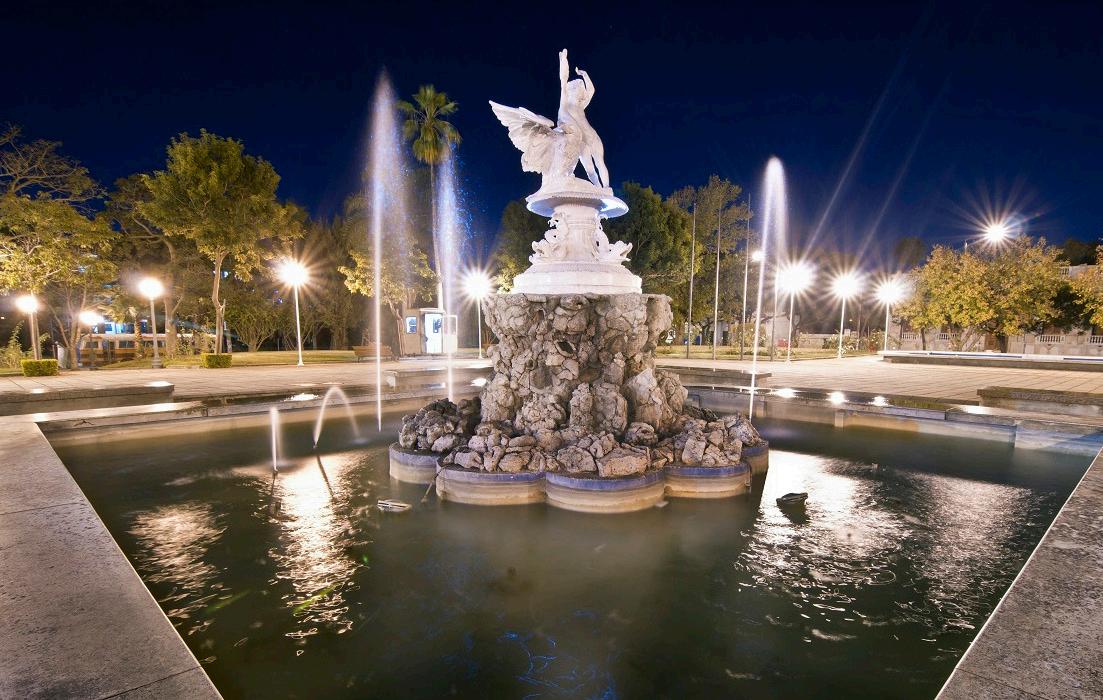


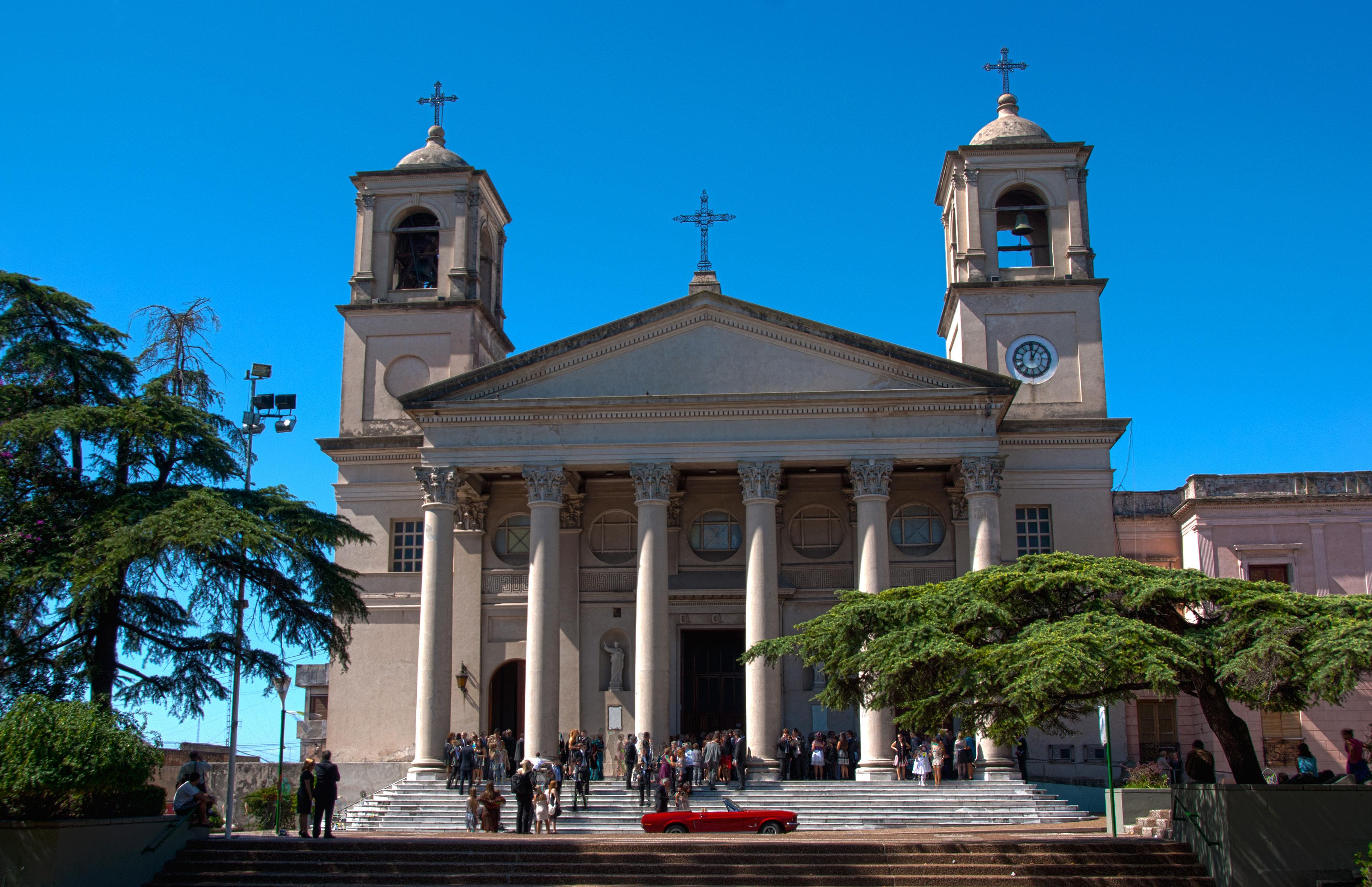
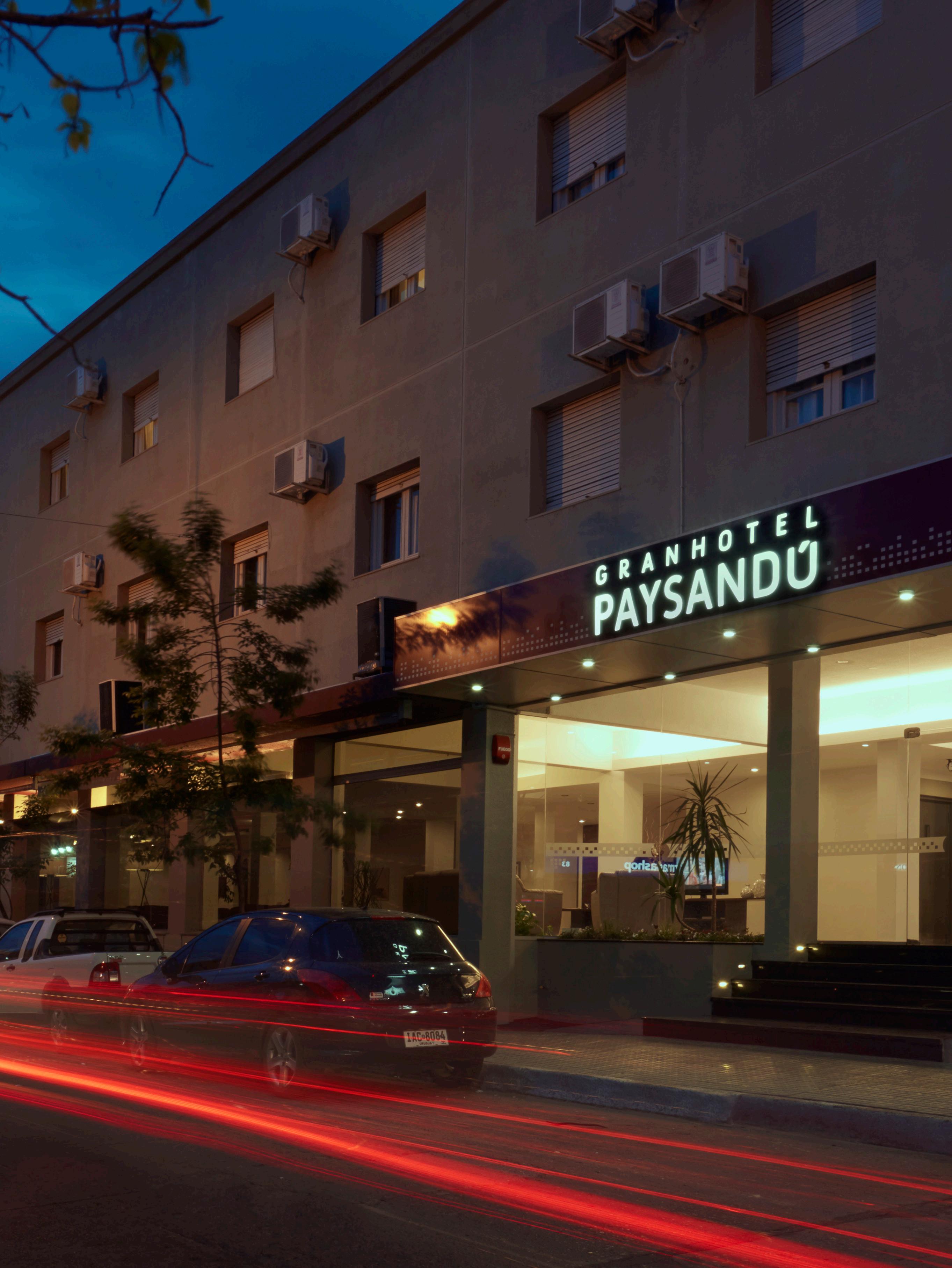




NEGRO BLACK LAKE



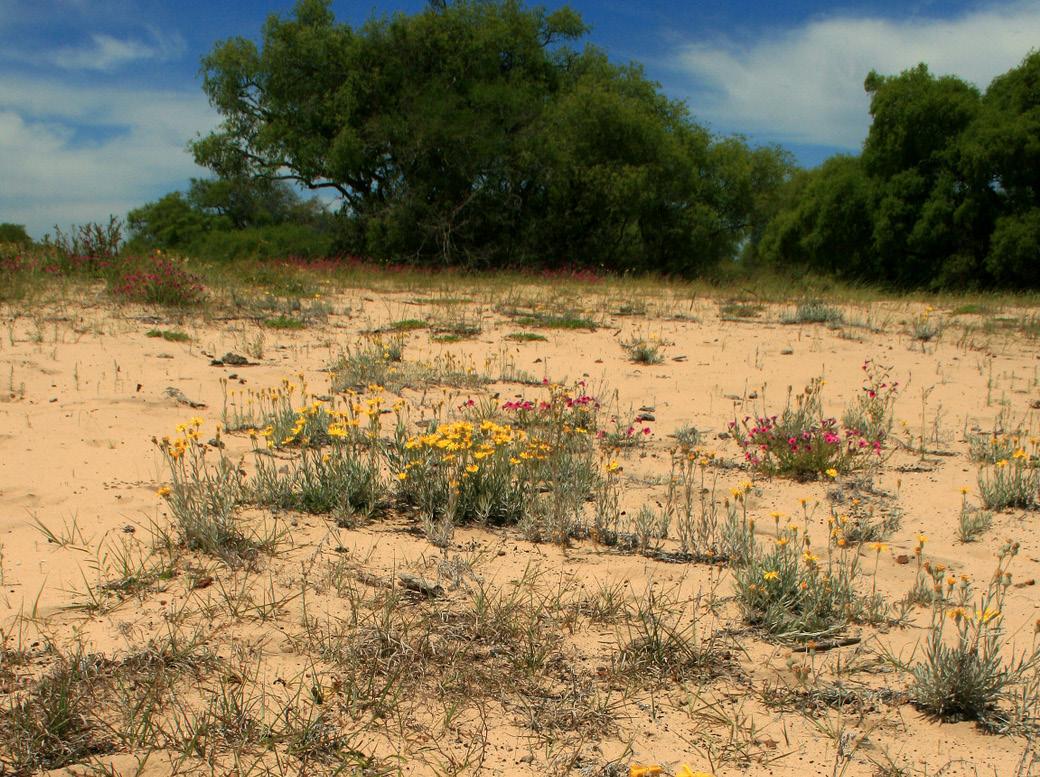



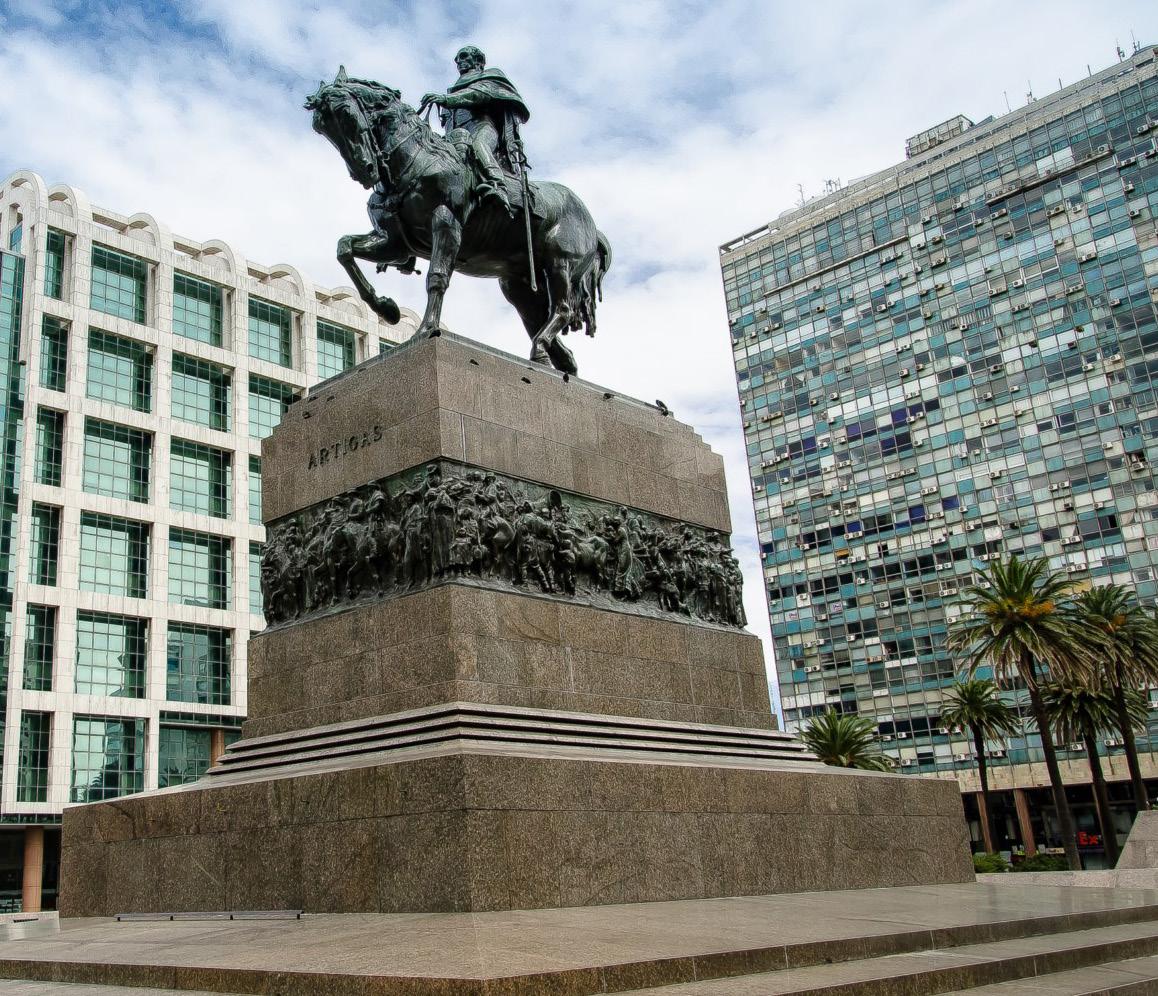

Centro
Quien haga referencia al centro de Montevideo seguramente deba hacerlo también en la Avenida 18 de Julio. Esta larguísima y sorprendente calle de ida y vuelta atraviesa el centro de punta a punta y en cada rincón y a cada paso dado se va abriendo mágicamente un misterio, paisaje o personaje diferente.
En ella comparten veredas desde parrilladas hasta casas de tatuajes grafiteadas, desde galerías de compras hasta facultades, desde bancos hasta casas de artesanías. Todo y todos la catalogan y buscan como punto de encuentro, más que nada mate mediante en cualquiera de las numerosas plazas que la van cercando.
Para hablar de la ciudad vieja es necesario ante todo hacer énfasis en que se trata actualmente de la zona más destacada y renovada de todo Montevideo. En torno a ella se gesta la movida más atractiva de la ciudad.
En la zona más próxima al puerto, el reconocido Mercado del Puerto convierte los restaurantes en pintorescas barras que rodean enormes parrilladas típicas del Uruguay; y muy cerca de allí, justo en la plaza que alguna vez fue la central, la Plaza Matriz y la Catedral, reviven colores cuando se instala su típica feria de antigüedades.
Toda su magia comienza en la Plaza Independencia (bajo la cual se encuentran los restos de José Gervasio Artigas), con los edificios casi más representativos de la ciudad, el gran Teatro Solís y el Palacio Salvo; luego simplemente es cuestión de dar un paso adelante y atravesar el portón de la Ciudadela para seguir redescubriéndola guiados por la peatonal Sarandí. Cultura, historia, gastronomía típica y entretenimiento mezclado es la Ciudad Vieja de Montevideo.
Centro
Who refers to the center of Montevideo probably should also do the Avenida 18 de Julio. This very long and amazing road back and forth through the center from top to bottom and in every corner and every step will magically opening a mystery, landscape or different character.
In her path from barbecues to share houses tattoos graffiti, from shopping malls to schools, from banks to craft shops. All and all the catalog and search as a meeting point, more than anything mate with any of the many places that go by.
To speak of the old town is first necessary to emphasize that it is currently the most prominent and renewed throughout Montevideo. Around it, the move is brewing in the city more attractive.
In the area closest to the port, the Mercado del Puerto become renowned restaurants bars surrounding picturesque typical Uruguay huge barbecues, and very near there, right on the square that was once the station, the main square and the Cathedral , colors come alive when you install your typical antiques fair.
All the magic begins at the Independence Square (under which the remains of Jose Gervasio Artigas), with almost the most representative buildings of the city, the Gran Teatro Solis and the Palacio Salvo, then just a matter of stepping forward and through the gate of the Citadel to continue rediscovering the pedestrian guided by Sarandi. Culture, history, typical cuisine and entertainment mix is the Old City of Montevideo.
Ciudad Vieja atrae a los visitantes por su historia, museos culturales y grandes monumentos centenarios. Estos incluyen la catedral metropolitana de estilo neoclásico, que domina la pintoresca plaza Matriz, y el teatro Solís con su diverso programa de artes escénicas. Los animados restaurantes de carnes se llenan rápidamente en el interior de Mercado del Puerto. La zona también es un centro de vida nocturna, que ofrece una mezcla de bares de cócteles de moda y cafés tradicionales.
El Teatro Solís “es conocido en el mundo” y asegura que “es precioso” cada vez que en otro país saben de la existencia del teatro y reconocen a Montevideo como un sitio con una gran oferta cultural.
Con toda su historia detrás, la mira puesta en llegar a toda la población y tener una programación diversa pero de calidad, el Solís busca seguir siendo el principal teatro de Uruguay y uno de los recintos culturales más respetados del continente.
Ciudad Vieja
Old Town
Old Town attracts visitors for its history, cultural museums and great centuries-old monuments. These include the neoclassical-style metropolitan cathedral, which overlooks the picturesque Plaza Matriz, and the Solís theater with its diverse performing arts program. The lively steakhouses fill up quickly inside Mercado del Puerto. The area is also a hub for nightlife, offering a mix of trendy cocktail bars and traditional cafes.
The Solís Theater “is known in the world” and assures that it “is precious” every time in another country they know of the existence of the theater and recognize Montevideo as a place with a great cultural offer.
With all its history behind, its sights set on reaching the entire population and having a diverse but quality program, Solís seeks to continue being the main theater in Uruguay and one of the most respected cultural venues on the continent.


BARRIO SUR SOUTH NEIGHBORHOOD

Barrio Sur South neighborhood
Es un barrio con una importante tradición cultural, relacionada íntimamente con el Candombe, expresión musical afro-uruguaya.
Cuna del género afrouruguayo candombe, es el centro de reunión durante el carnaval, constituyendo decenas de “cuerdas de tambores” (grupo de músicos dedicados a la ejecución de tambor o tamboril, compuesta dicha cuerda por tres principales integrantes Piano, Chico y Repique) en la primera quincena de febrero de cada año.
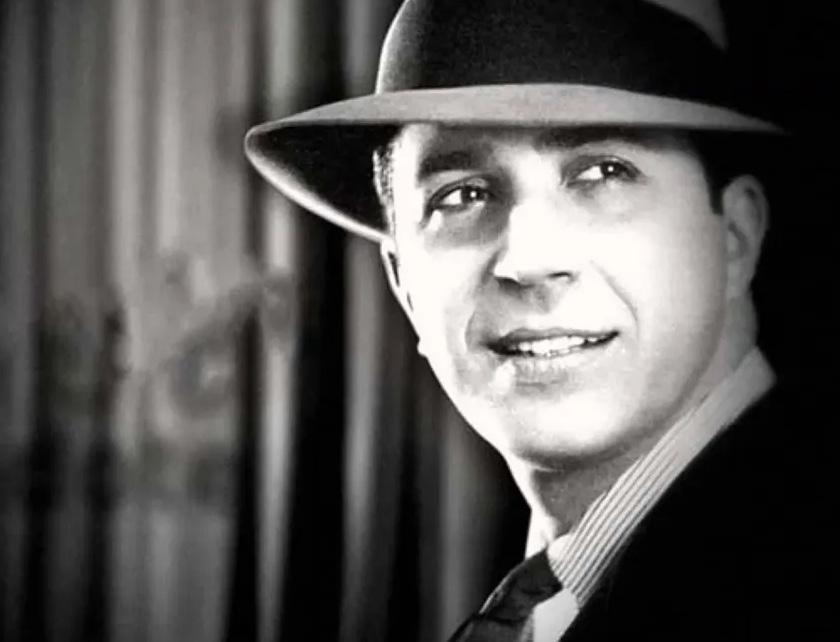
It´s a neighborhood with a strong cultural tradition, closely linked to the Candombe, Afro-Uruguayan musical expression.
Afro-Uruguayan Candombe Cradle of gender, is the meeting place during the carnival, forming dozens of “string drum” (group of musicians dedicated to the execution of drum or tambourine, that string composed of three main members Piano, Chico and ringing) in the first half of February each year.
Si bien la ubicación geográfica no es precisa, se puede considerar que Barrio Sur está delimitado por las calles Andes, 18 de julio, Ejido y la Rambla Sur (costanera), posee el encanto de aquel barrio que quedó atrapado por un pasado de alegrías, amistades y tradiciones, además de ser el barrio por donde se realiza el famoso “desfile de llamadas” en donde participan todas las agrupaciones de tamborileros, brindándole un color muy especial al carnaval uruguayo.
En el corazón del Barrio Sur, Cuareim e Isla de Flores, en la plazoleta Medellín se encuentra el monumento a Carlos Gardel , llamado así por ser el lugar del fallecimiento del cantor rioplatense de incierto origen que parte de su juventud en el barrio Buenos Aires.
While the location is not accurate, we can consider that South Neighborhood is bounded by the streets Andes, July 18, Ejido and the Rambla Sur (coast), has the charm of the neighborhood that was trapped by a past joys, friendships and traditions, as well as the neighborhood where it takes place the famous “parade of calls” in which all participating groups of drummers, giving special color to the Uruguayan carnival.
At the heart of Barrio Sur, Cuareim and Flores in Medellín square is the monument to Carlos Gardel, named for being the place of death of the singer rioplatense of uncertain origin of his youth in the Buenos Aires.
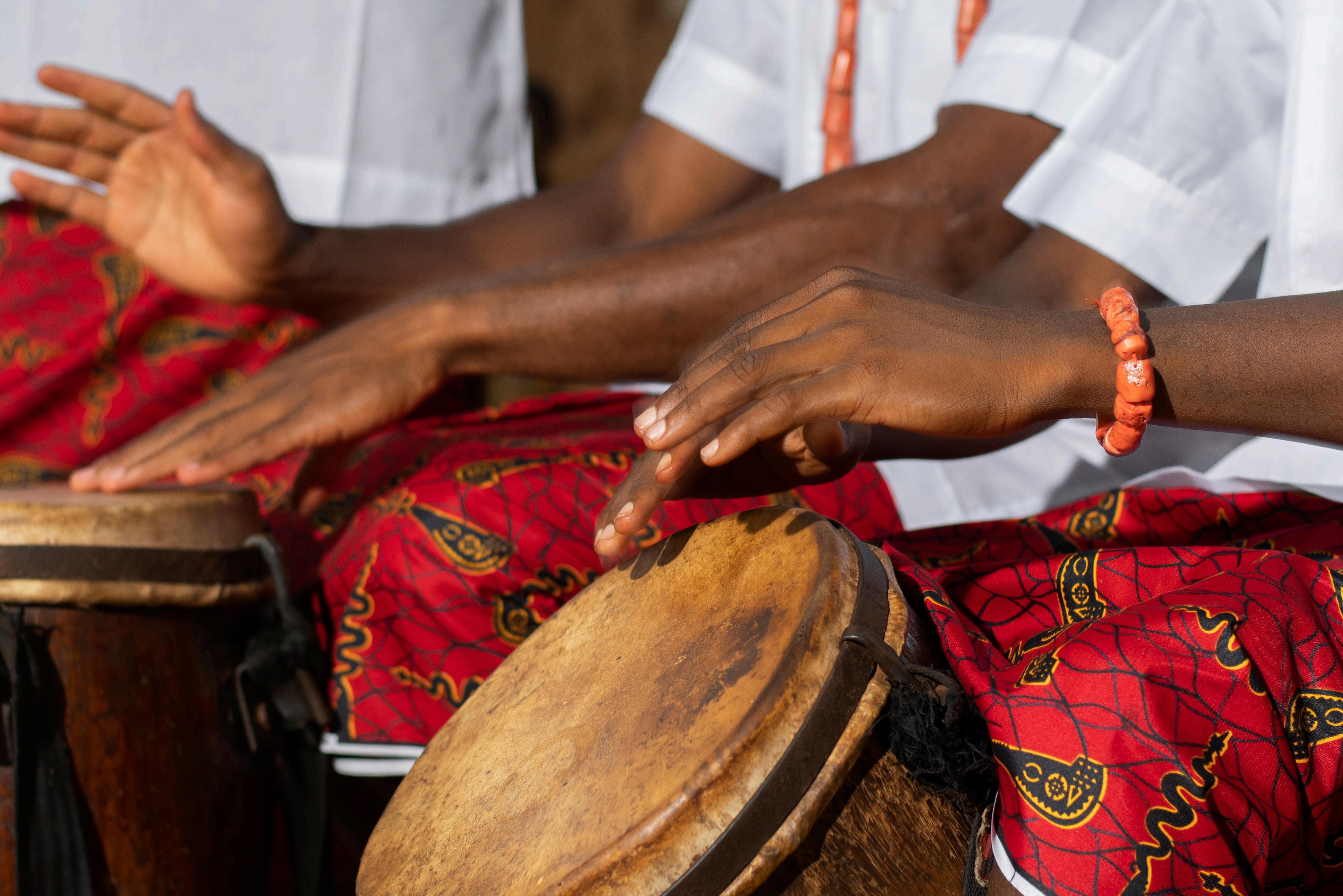
PALERMO PALERMO
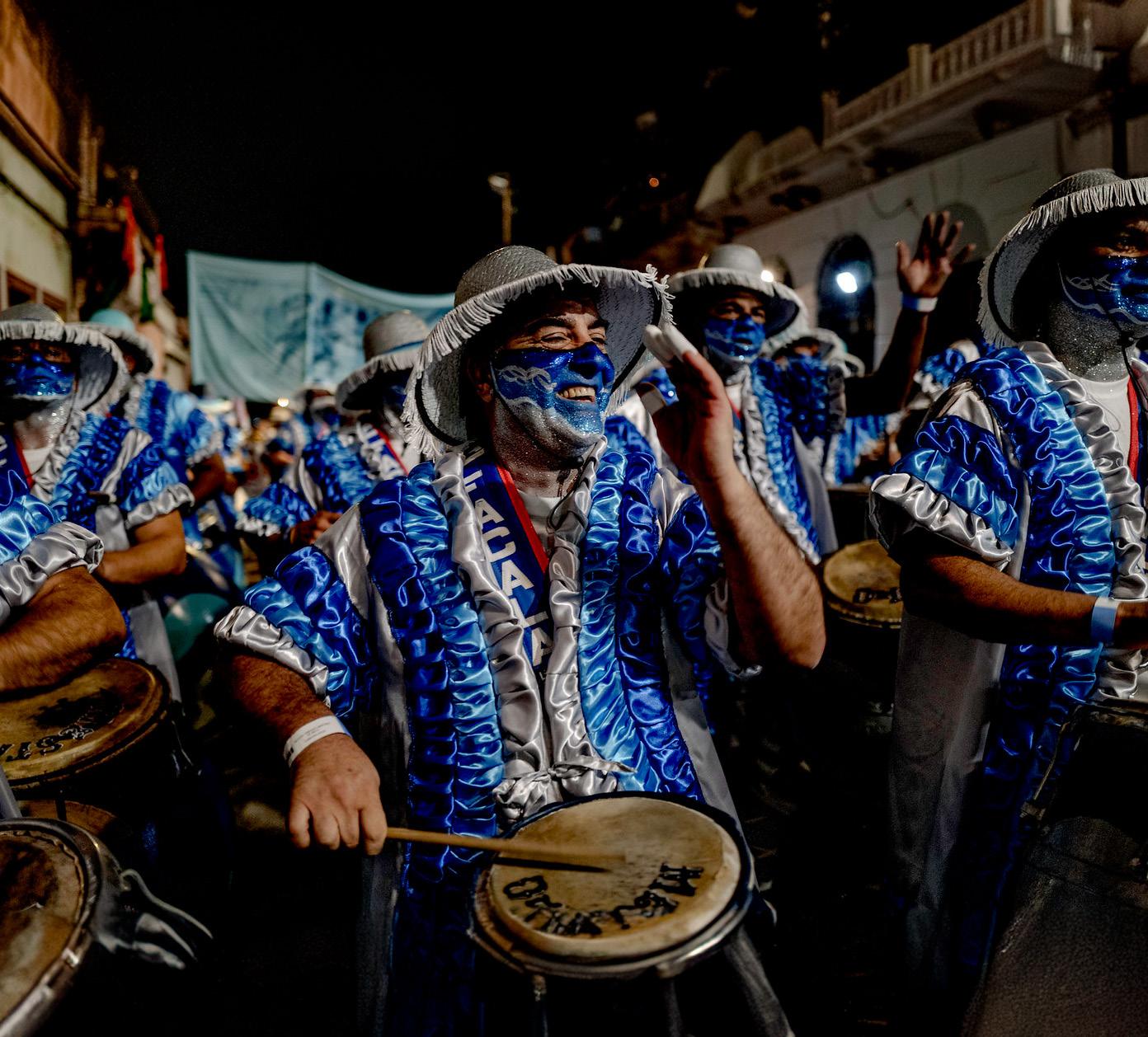
Palermo
Decir Palermo es decir Candombe y Llamadas, ambos columna vertebral de la tradicional fiesta del carnaval uruguayo, por otra parte cabe señalar que se sitúa en un lugar que podríamos catalogar como preferencial dentro de todo Montevideo ya que está muy próximo al mar y a su vez muy próximo a la zona céntrica. En él aún sobreviven las antiguas viviendas de tipo colectivas comunes de la colectividad negra e inmigrante de otras épocas denominadas “Conventillos”, además de otros edificios de tipo más contemporáneos.
No obstante las construcciones más destacadas de este barrio son en primer lugar el Cementerio Central (construido en el año 1835), y el Panteón Nacional, lugar en donde reciben sepultura los ciudadanos más ilustres del país. También es posible disfrutar de una tarde en la plaza Galicia directamente dar un paseo por el barrio Reus al Sur.
Palermo say is Candombe and calls, both traditional backbone of the Uruguayan carnival party on the other hand it should be noted that sits in a place that could be classified as preferential in Montevideo and all that is very close to the sea and turn very close to downtown. It even survived the ancient dwellings of the type common collective black community and immigrants from other times called “Tenements”, and other more contemporary type buildings.
However the most prominent buildings in this area are primarily the Central Cemetery (built in 1835) and the National Pantheon, burial place where they receive the most illustrious citizens of the country. You can also enjoy an afternoon in the square directly Galicia for a walk around the neighborhood to the South Reus.
Palermo
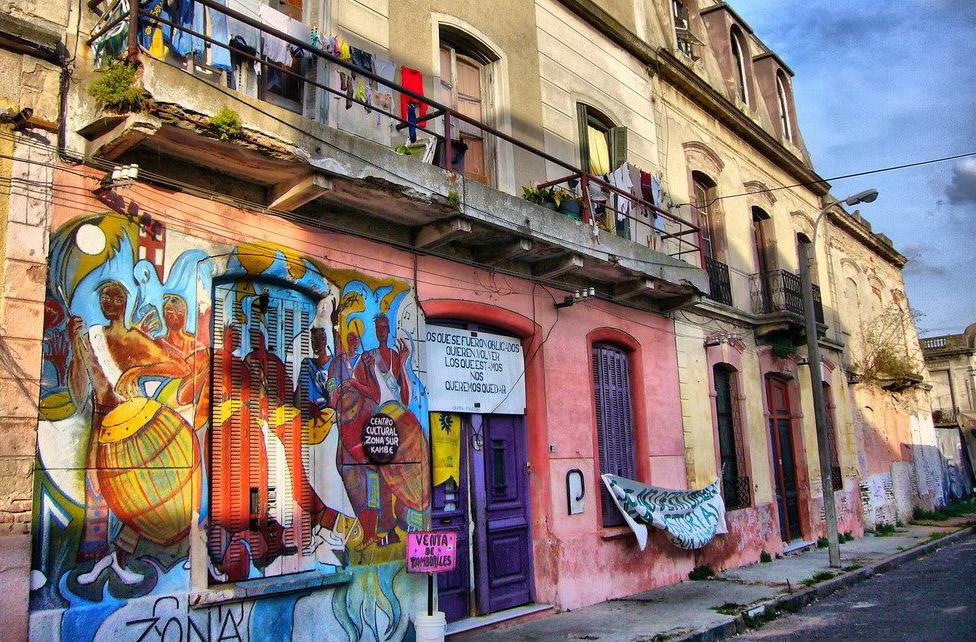


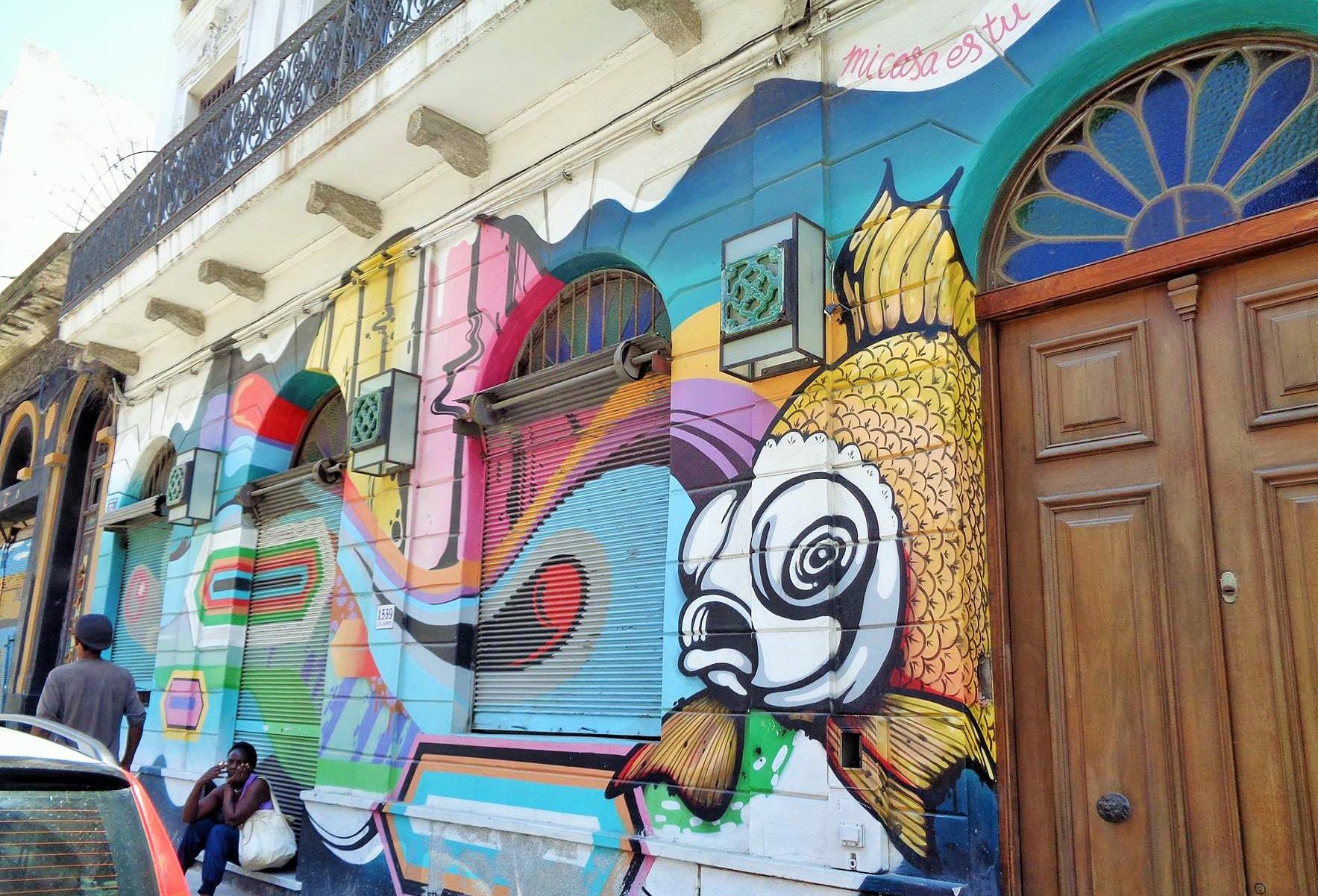

10.
POCITOS POCITOS
Pocitos
Pocitos
Caracterizado por sus impecables chalet y residencias acompañadas hoy de modernas edificaciones frente a la rambla, su auge comenzó ya desde el año 1910 con la construcción de la costanera que lo unía con el barrio Punta Carretas.
Hoy se caracteriza por ser la zona de hacendados, comerciantes y profesionales, que además alberga en su interior el primer shopping de la ciudad, el Montevideo Shopping Center.
No obstante en Pocitos se pueden encontrar tanto distinguidos restaurantes de menú internacional como las clásicas pizzerías de la zona. A todo esto se le suma una rambla costanera que zigzaguea tentando a pasear por ella a cualquier hora del día.
Characterized by impeccable villa and residences of modern buildings now accompanied with the promenade, the boom began as early as 1910 with the construction of the waterfront which bound the neighborhood of Punta Carretas.
Today is characterized by area landowners, merchants and professionals, which also housed inside the first mall in the city, Montevideo Shopping Center.
However Resume can be found in distinguished restaurants of both international and classic menu pizzerias in the area. To this is added a waterfront promenade that meanders tempting to walk by it at any time of day.

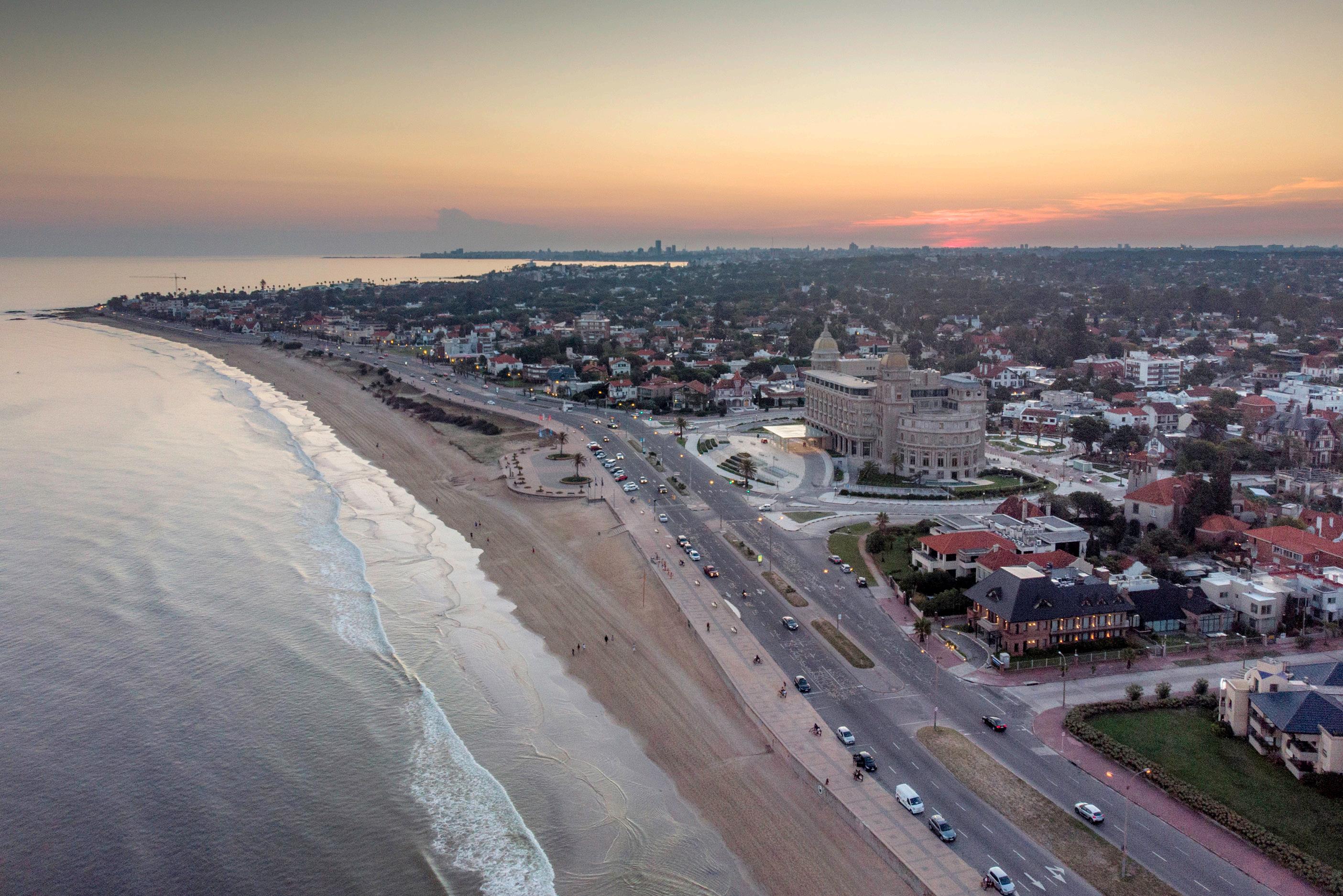
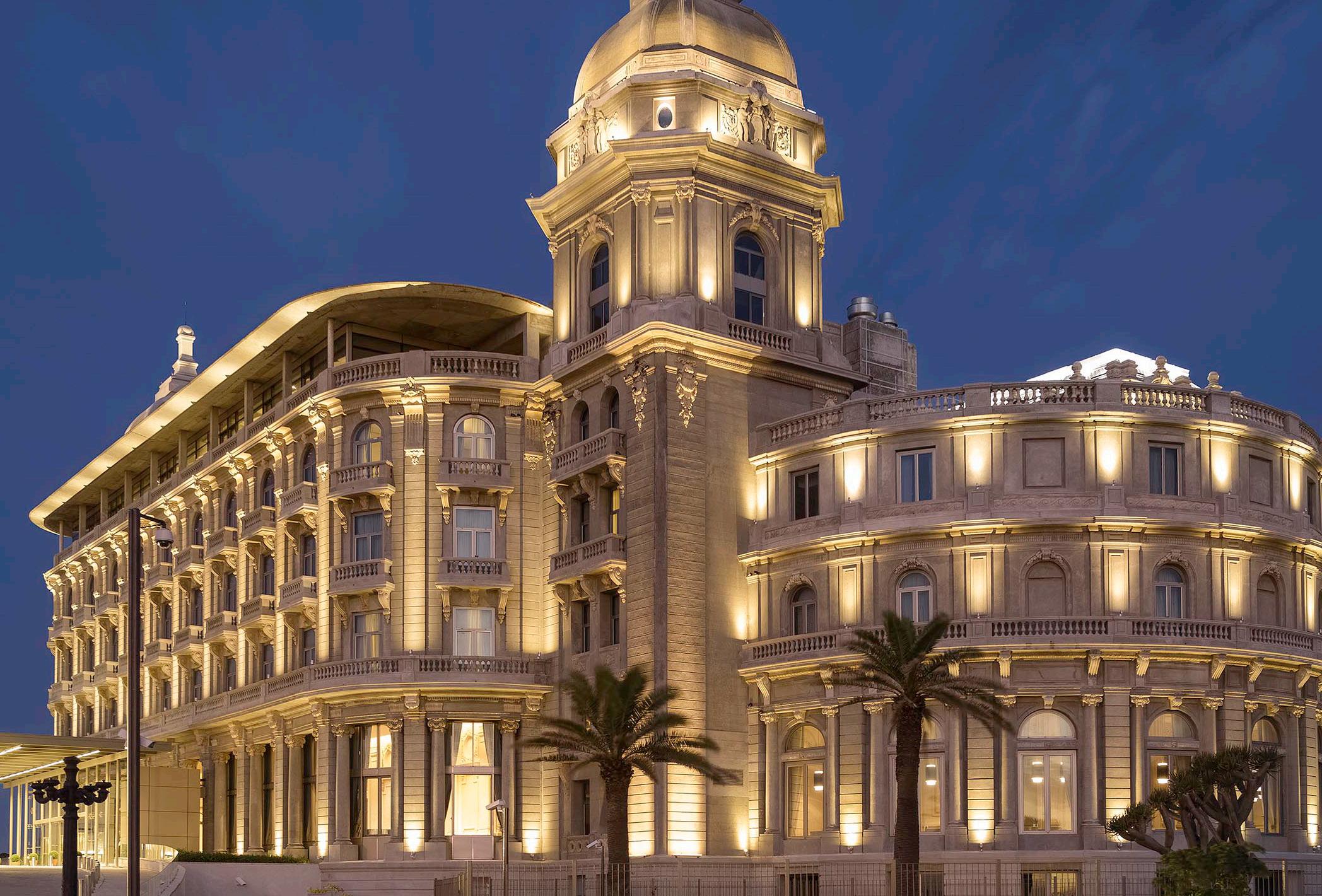
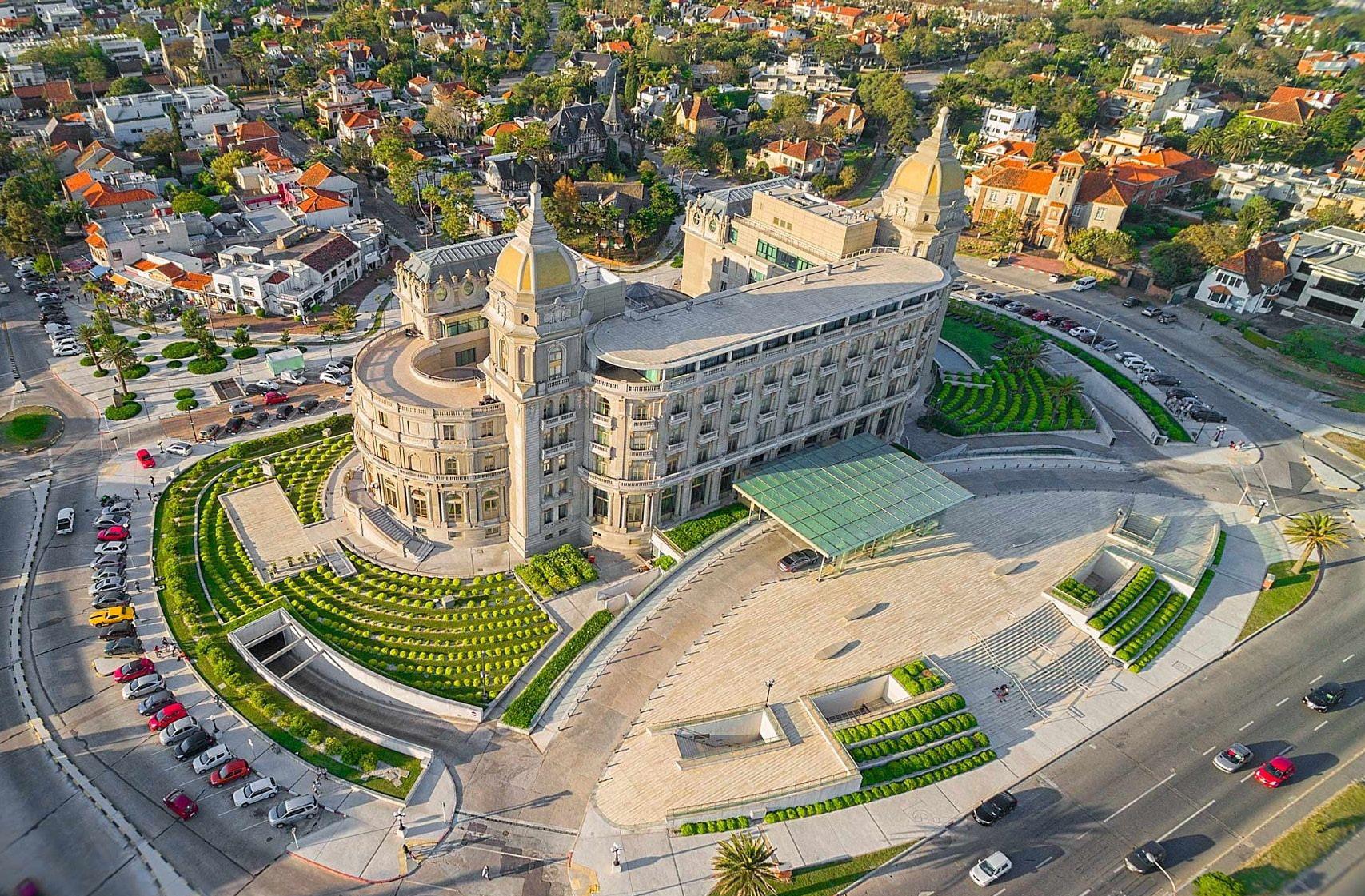
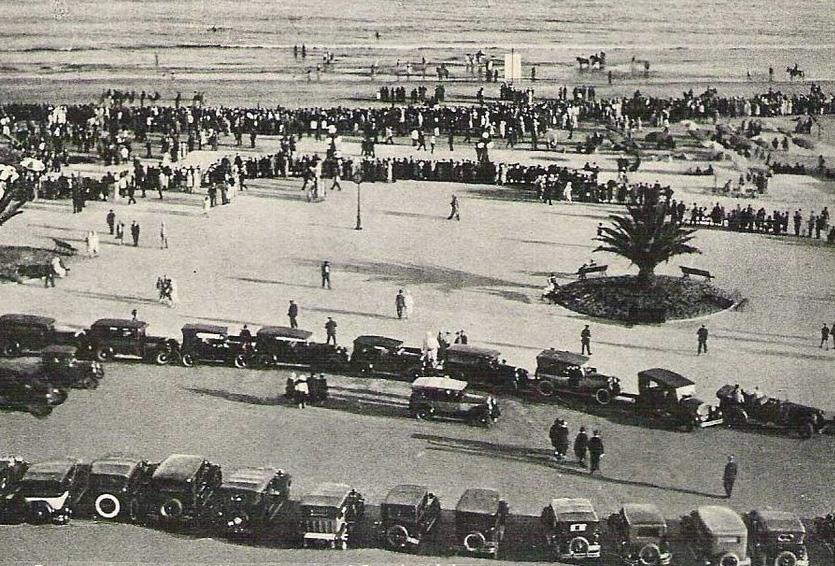


11.
SORIANO SORIANO
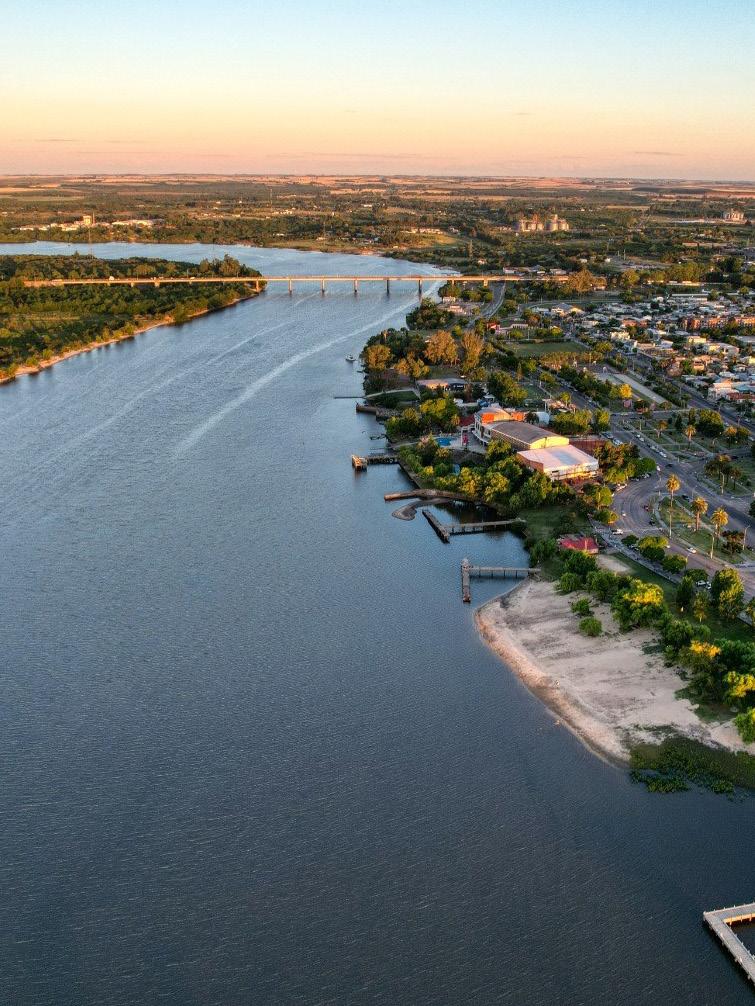
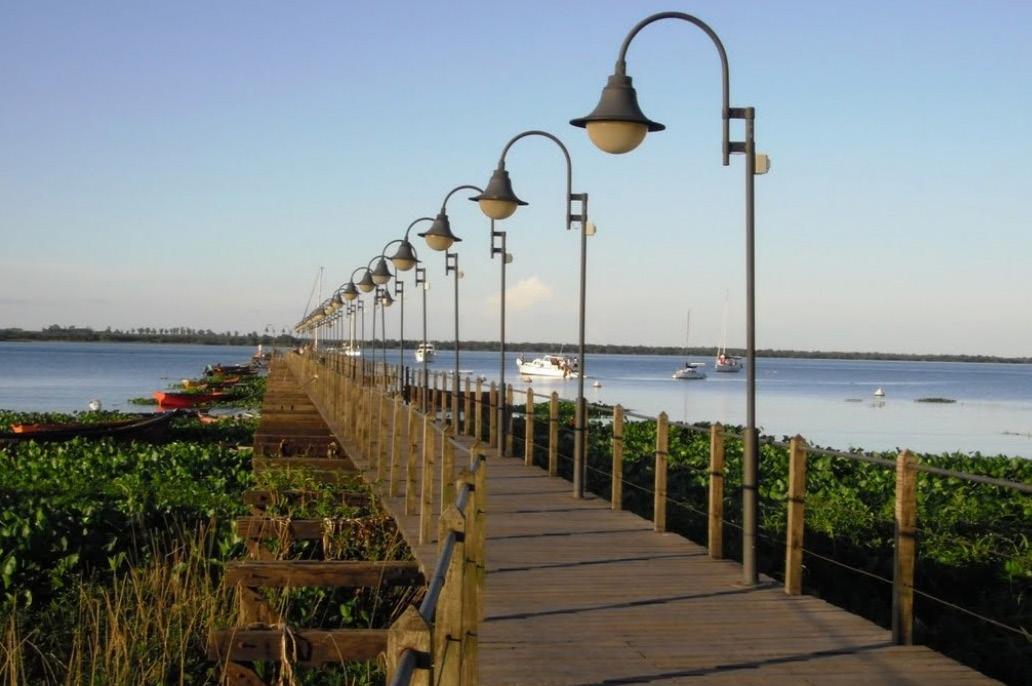

12.
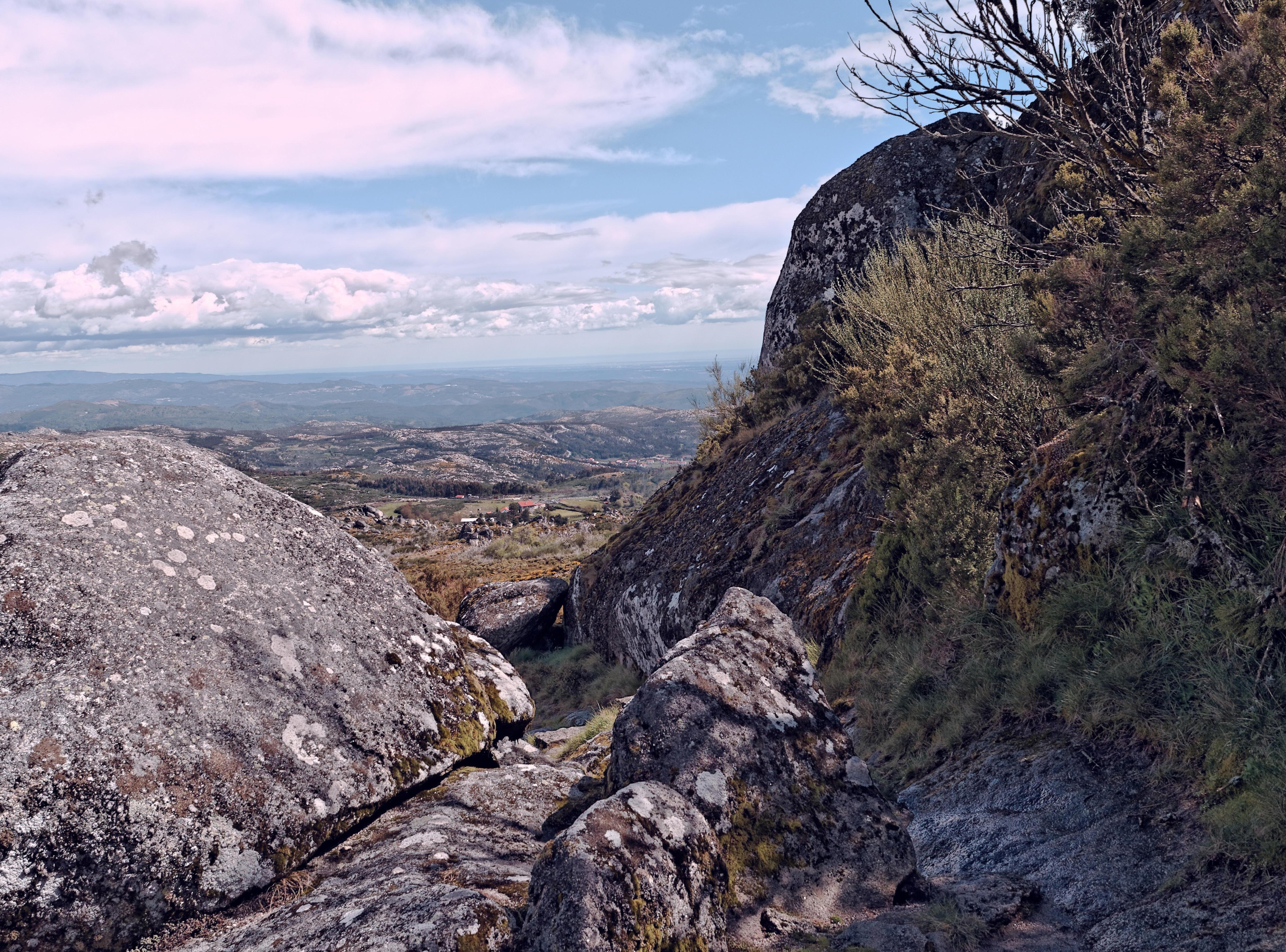
CERRO LARGO LONG HILL


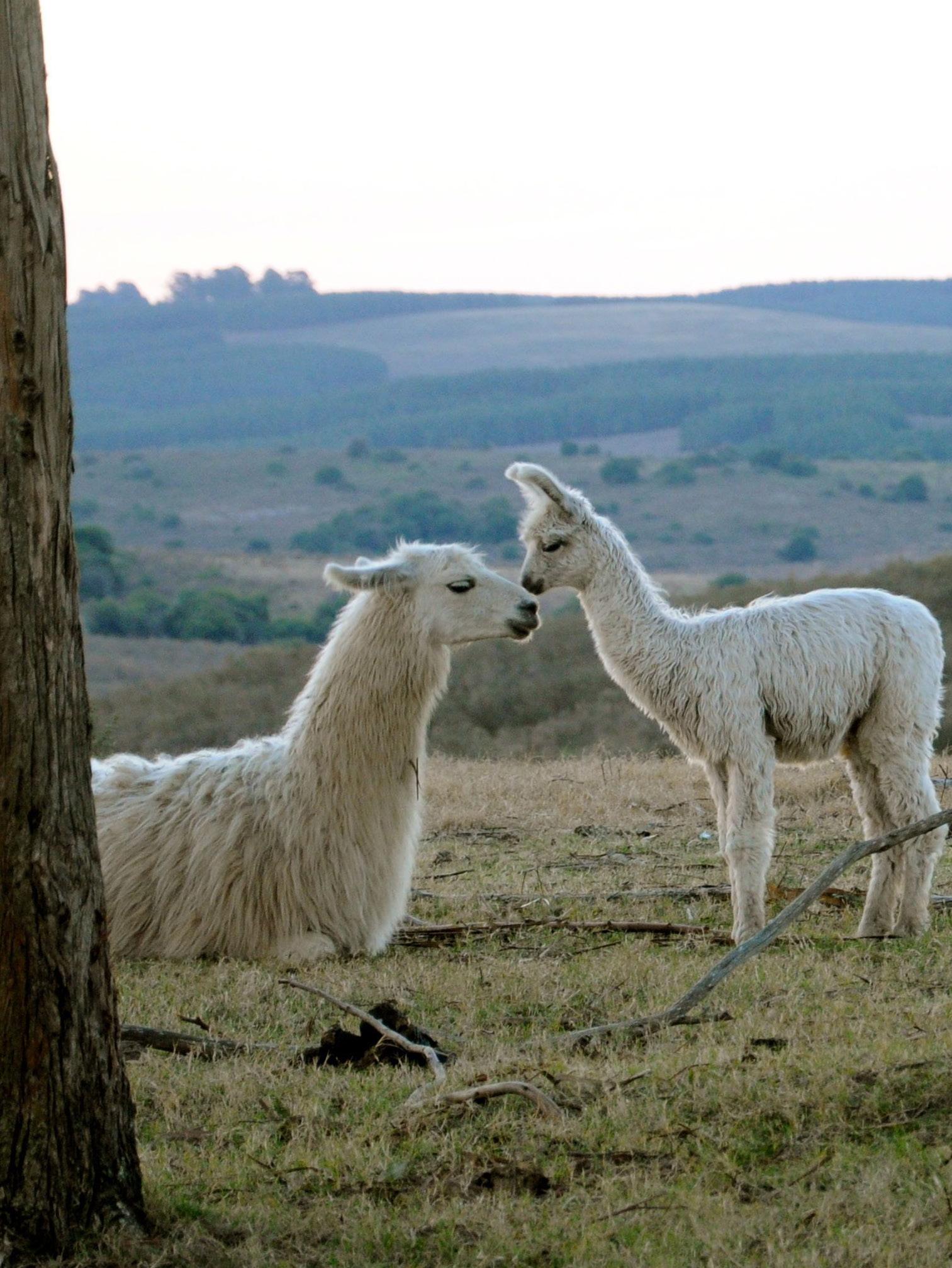

CANELONES




14.
DURAZNO DURAZNO



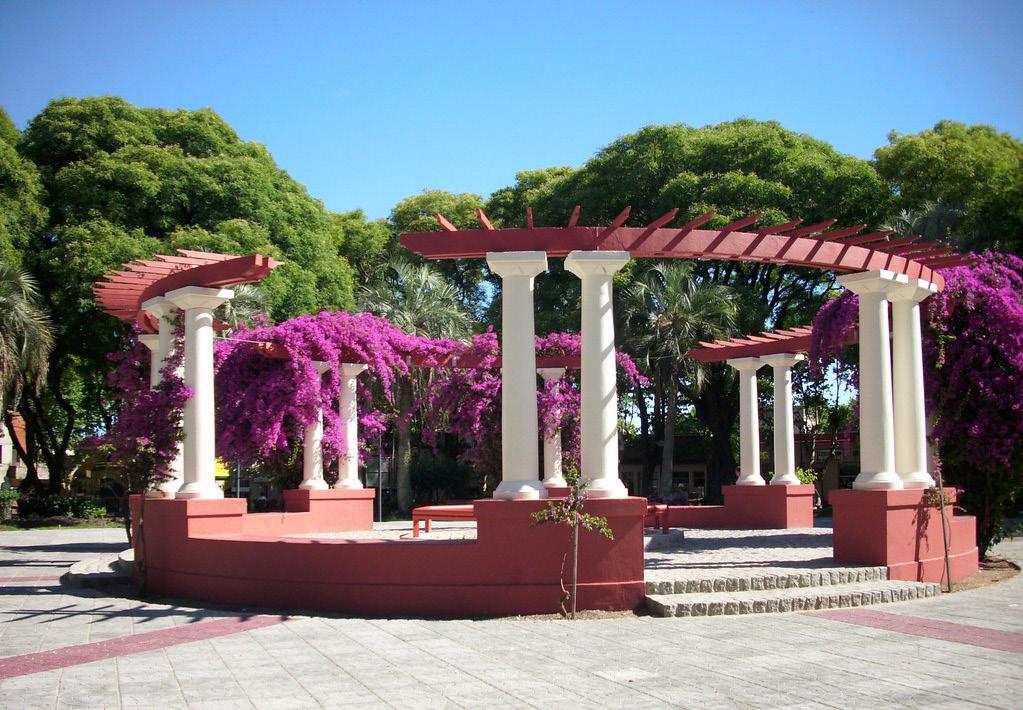
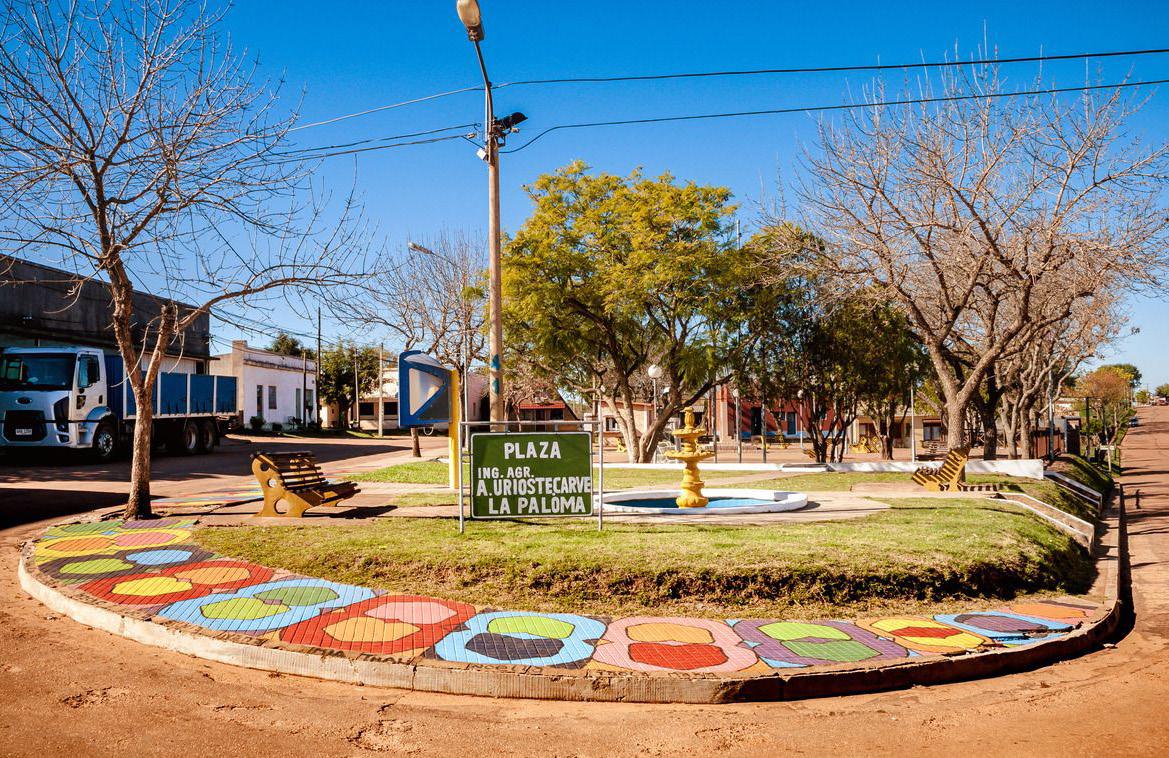
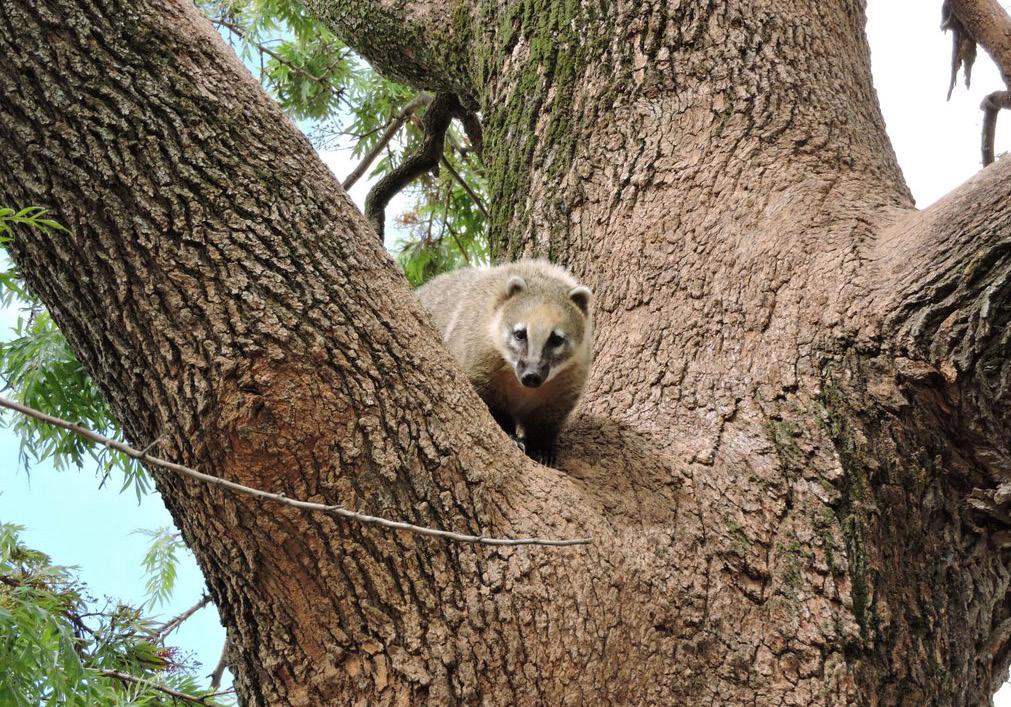


15. FLORES FLOWERS
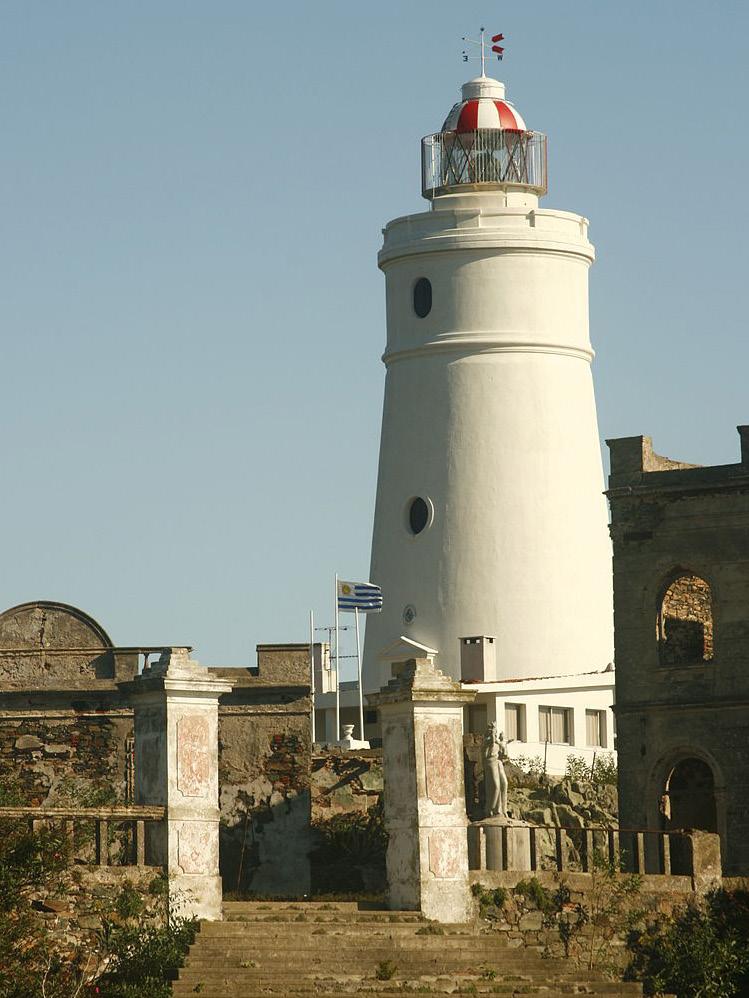



16.
FLORIDA FLORIDA

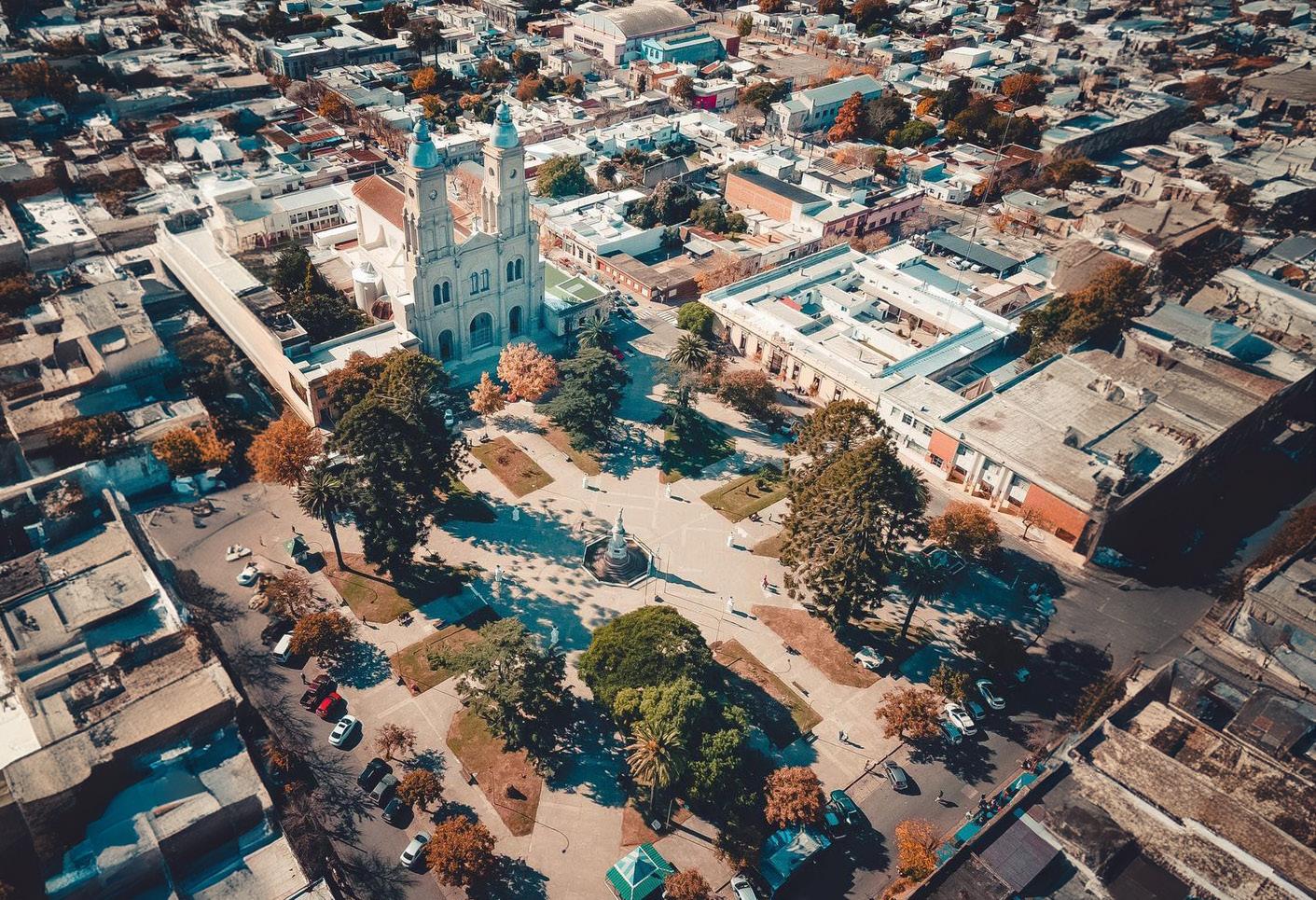


TREINTA Y TRES
THIRTY-THREE
17.




18.
COLONIA COLOGNE
Of the sacrament
Colonia es un departamento del suroeste de Uruguay, frente a Buenos Aires al otro lado del estuario del Río de la Plata. La capital departamental, Colonia del Sacramento, es conocida por su barrio histórico con adoquines y los edificios coloniales portugueses y españoles. Muchos albergan museos, incluido el Museo del Azulejo. El faro de Colonia del Sacramento está rodeado de las ruinas de un convento y tiene vista panorámica.
Colonia is a department in the southwest of Uruguay, opposite Buenos Aires on the other side of the Río de la Plata estuary. The departmental capital, Colonia del Sacramento, is known for its historic neighborhood with cobblestones and the Portuguese and Spanish colonial buildings. Many house museums, including the Tile Museum. The Colonia del Sacramento lighthouse is surrounded by the ruins of a convent and has a panoramic view.

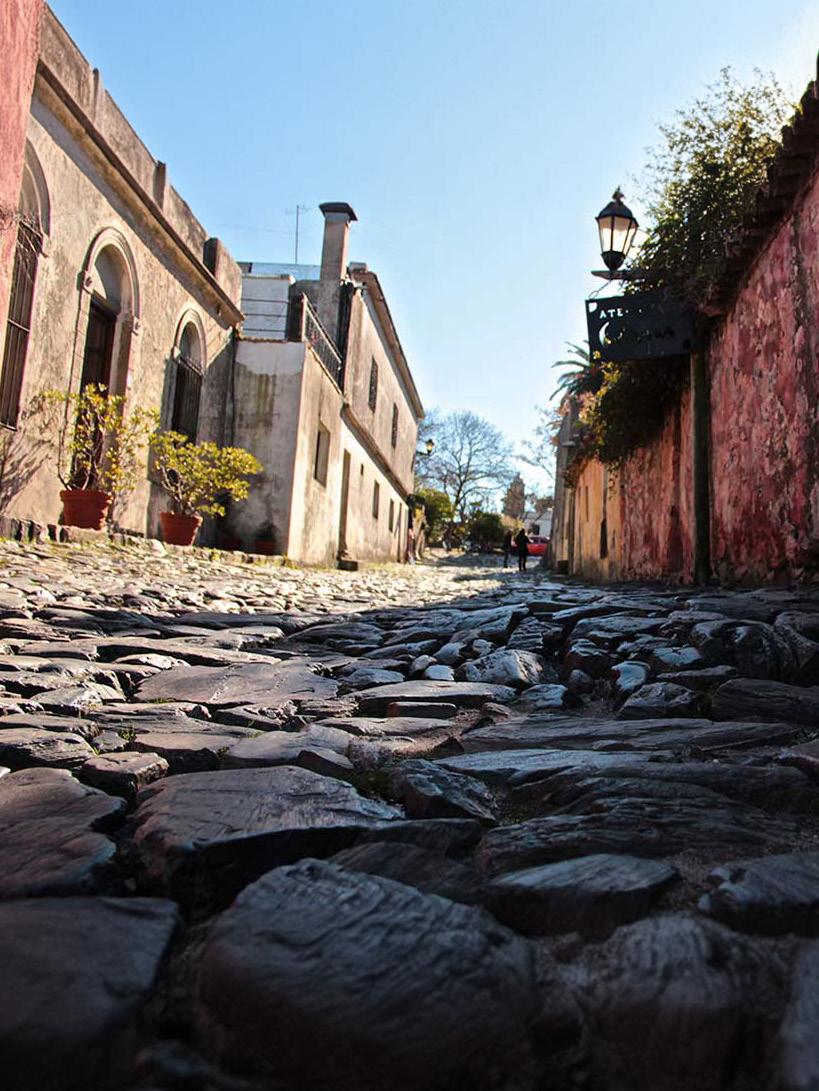
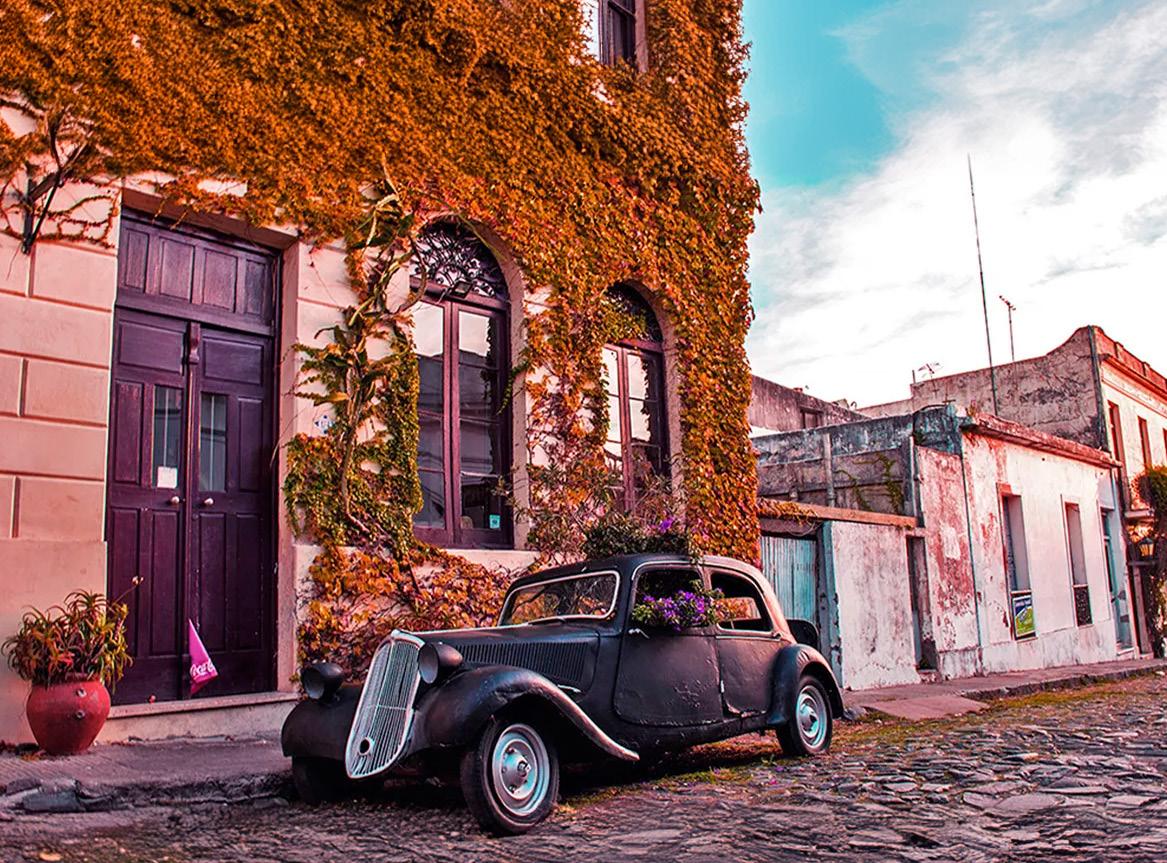


19.
RIVERA RIVERA
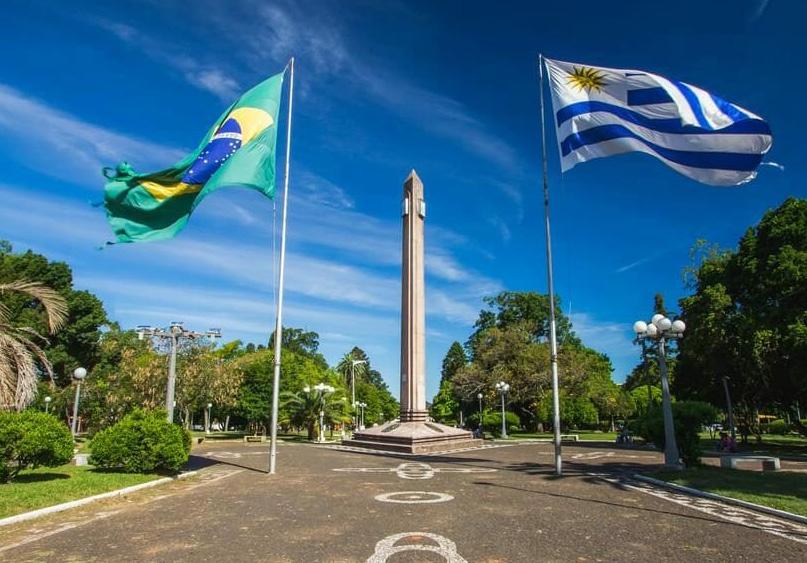



20.
SAN JOSE SAINT JOSEPHE
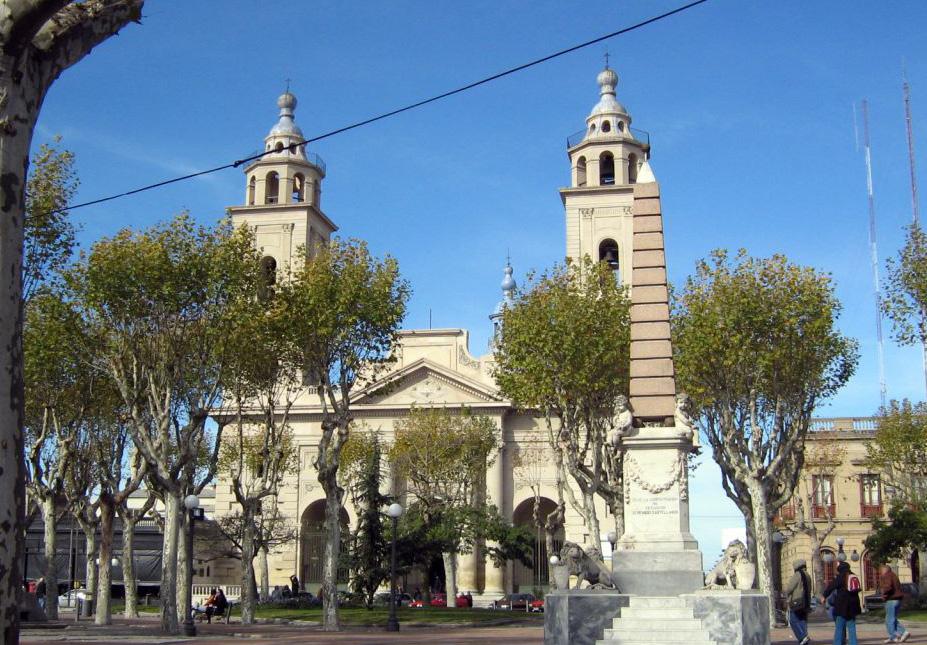

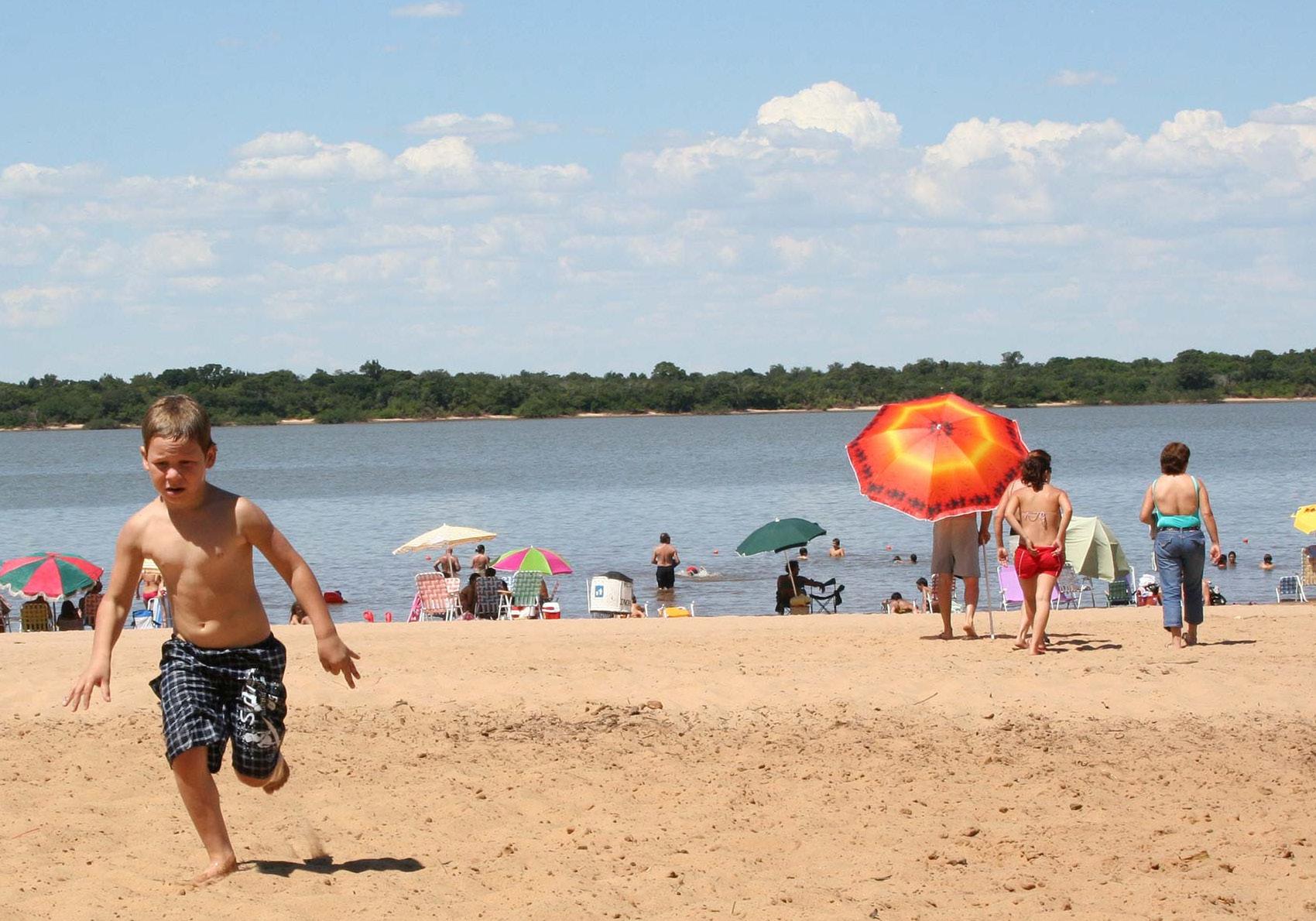


21. ROCHA ROCHA




22.
MALDONADO MALDONADO

El Departamento de Maldonado está ubicado en la costa fluvial y marítima del Río de la Plata y el Océano Atlántico, entre los 34 y 35 grados de latitud sur. Ocupa un área de 4.793 kilómetros cuadrados en el sureste de la República Oriental del Uruguay y una extensión de 100 kilómetros de costa en el Río de la Plata y el Océano Atlántico.
Presenta un conjunto de ondulaciones, láminas, montañas y cerros que se cruzan de norte a sur, separados por ríos y arroyos. En él se pueden apreciar las elevaciones más importantes del país; un ejemplo es el Cerro Catedral, con 513 metros y el Cerro de las Ánimas, con 501 metros. Tres condiciones lo distinguen de otros departamentos del país, tiene mar, montaña y bosques.
Los centros más importantes son las ciudades de: Maldonado (capital del Departamento), Punta del Este, Piriápolis, San Carlos, Pan de Azúcar y Aiguá, sin tener en cuenta otros pequeños núcleos poblados. Las principales actividades que se desarrollan en el Departamento están relacionadas directa o indirectamente con el turismo, que se ha convertido en su principal actividad económica, sin dejar de lado otros bienes vitales, trabajando bien la ganadería, la agricultura y la pesca, explorando también las canteras de mármol, granito y losa.
Lugares para visitar en Maldonado:
Techo de Haedo Catedral de San Fernando de Maldonado.
Cuartel del Dragón.
El molino Marcos de los Reyes
Plaza San Fernando de Maldonado.
Plaza Torre del Vigía.

The Department of Maldonado is located on the river and maritime coastline of the Río de la Plata and the Atlantic Ocean, between 34 and 35 degrees South latitude. It occupies an area of 4,793 square kilometers in the Southeast of the Eastern Republic of Uruguay, and a length of 100 kilometers of coastline on the Río de la Plata and the Atlantic Ocean.
It presents a group of undulations, blades, mountains and hills that cross it from North to South, separated by rivers and streams. You can see in it, the most important elevations in the country; an example is the Cerro Catedral, with 513 meters and the Cerro de las Ánimas with 501 meters. Three conditions distinguish it from the other departments of the country, it has the sea, mountains and forests.
The most important centers are the cities of: Maldonado (capital of the Department), Punta del Este, Piriápolis, San Carlos, Pan de Azúcar and Aiguá, without taking into account other small populated centers. The main activities carried out in the Department are directly or indirectly related to tourism, which has become its main economic activity, not neglecting other vital items, working well livestock, agriculture and fishing, also exploiting marble, granite and flagstone quarries.
Places to visit in Maldonado:
Haedo rooftop San Fernando de Maldonado Cathedral.
Dragon Barracks.
The mill Marcos de los Reyes San Fernando de Maldonado.
Square Plaza Torre del Vigía.
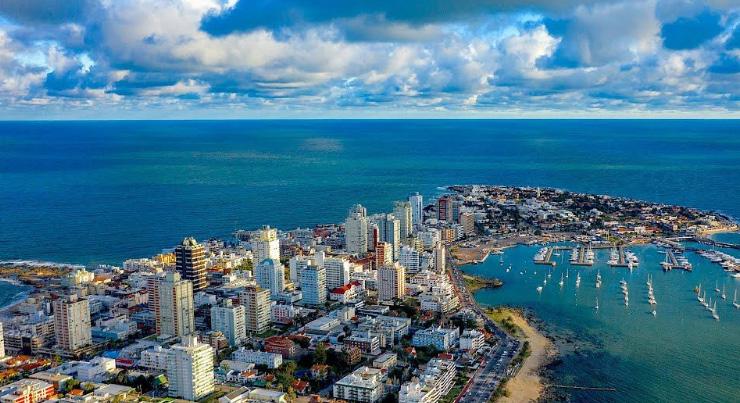
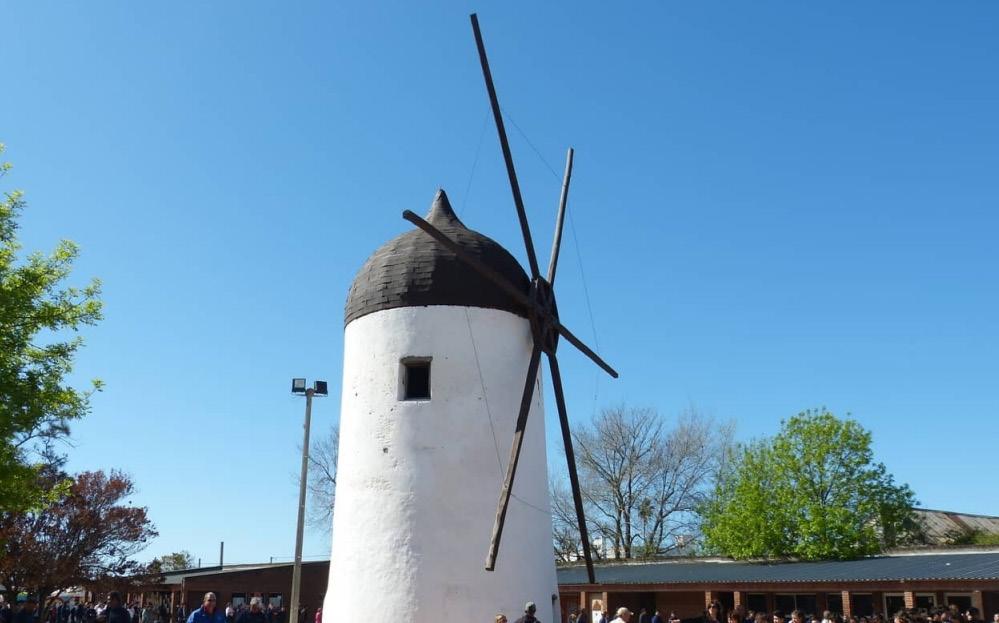
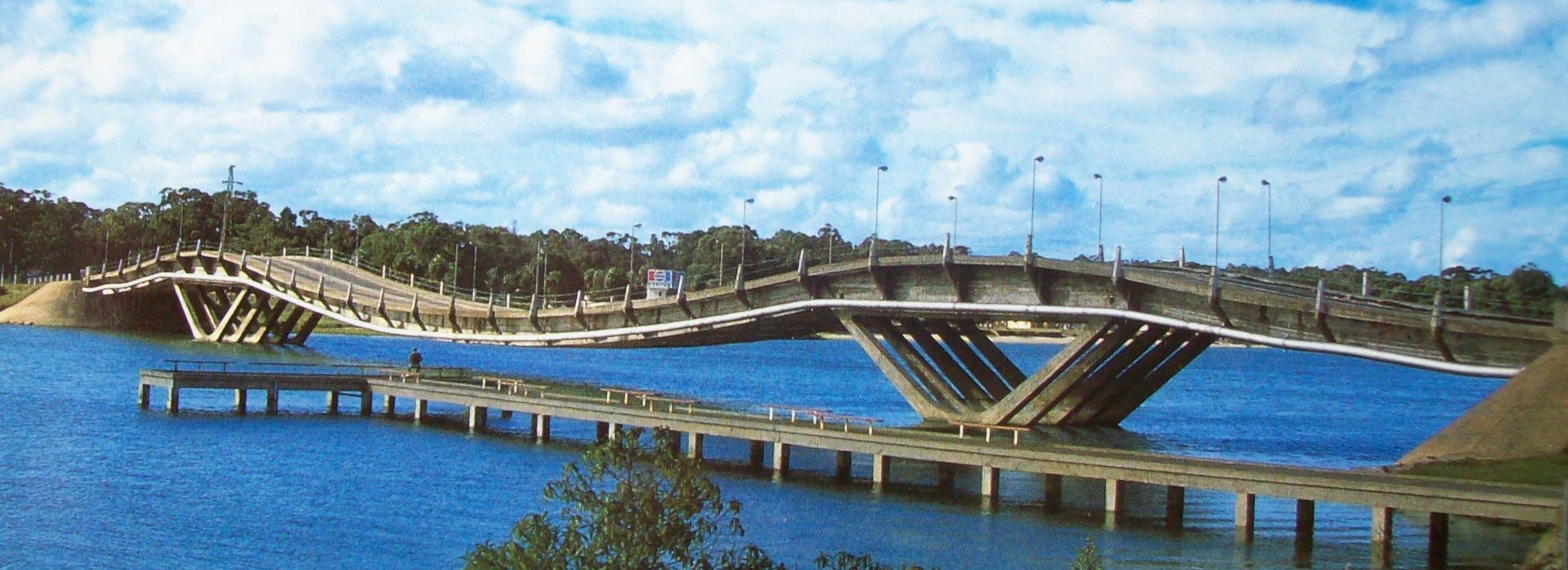

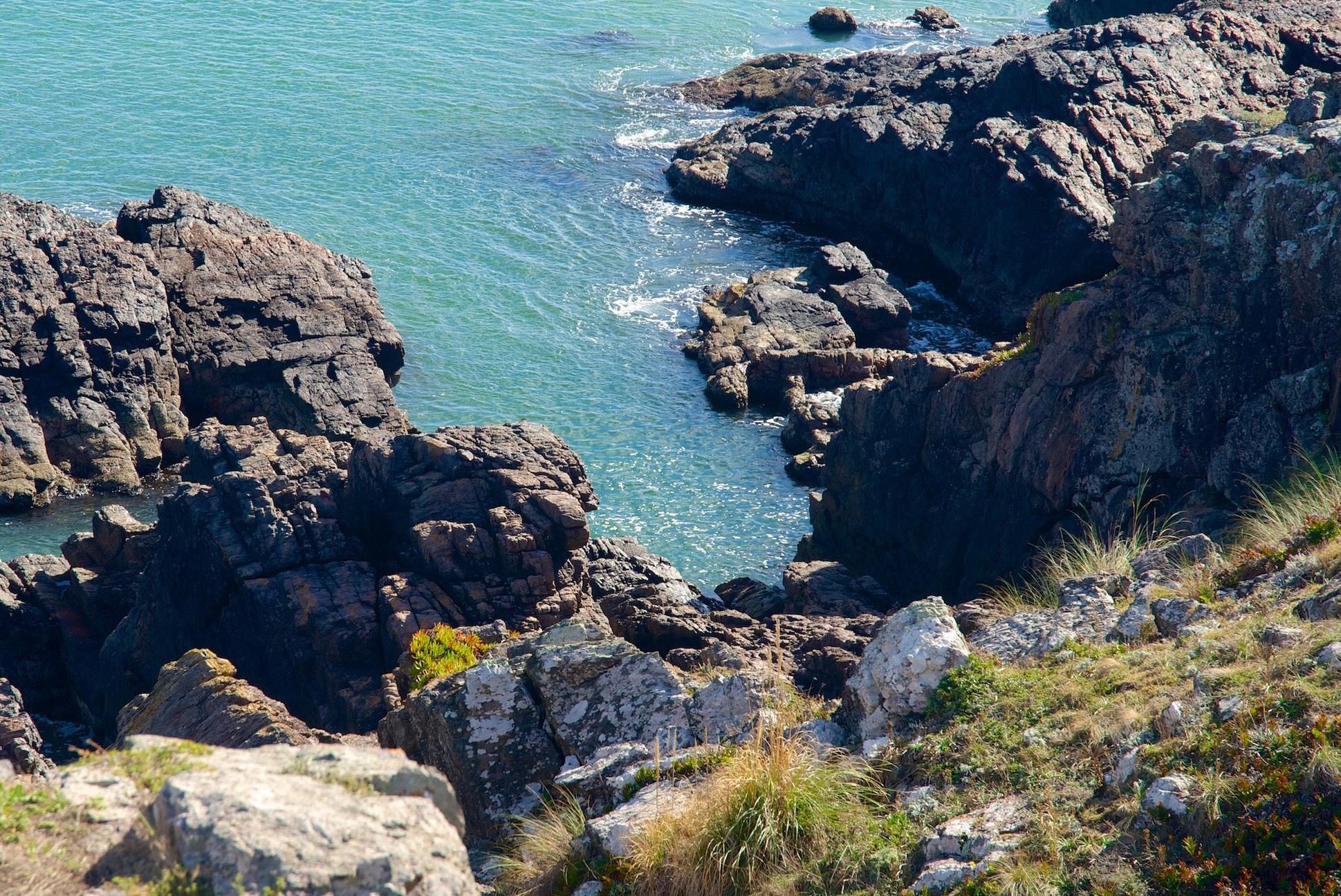
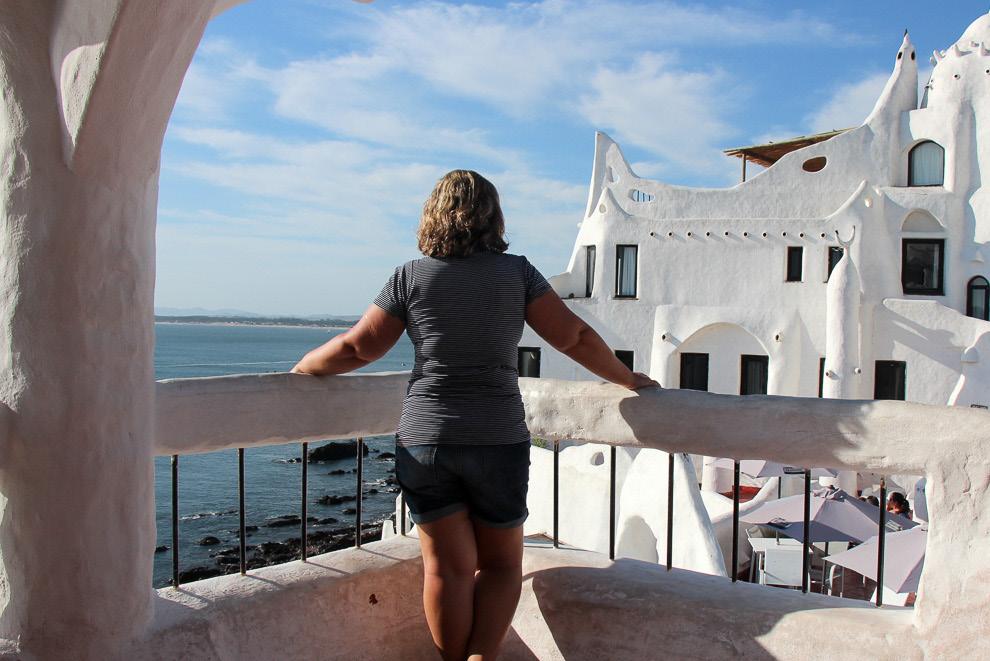

23.
LAVALLEJA LAVALLEJA
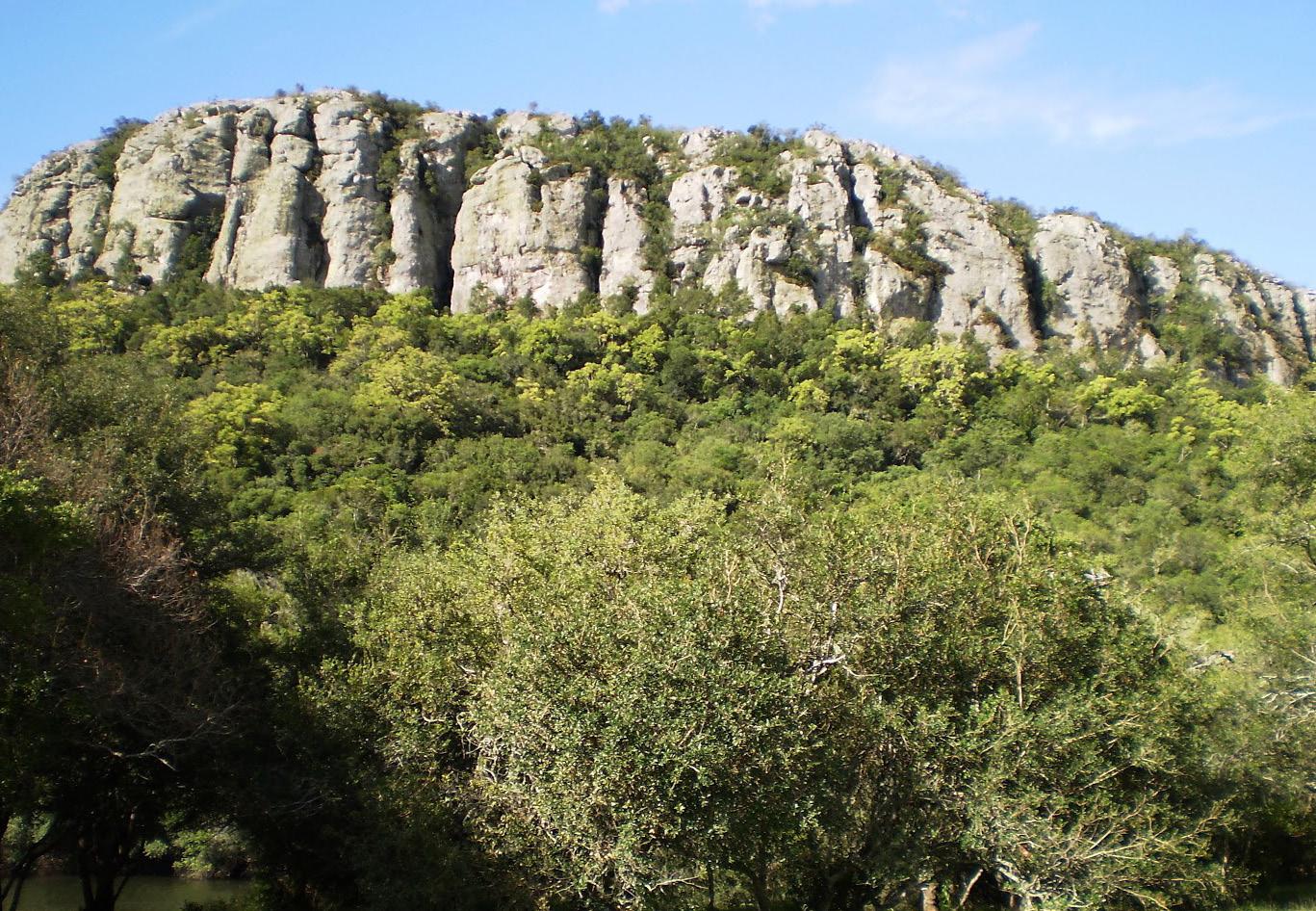

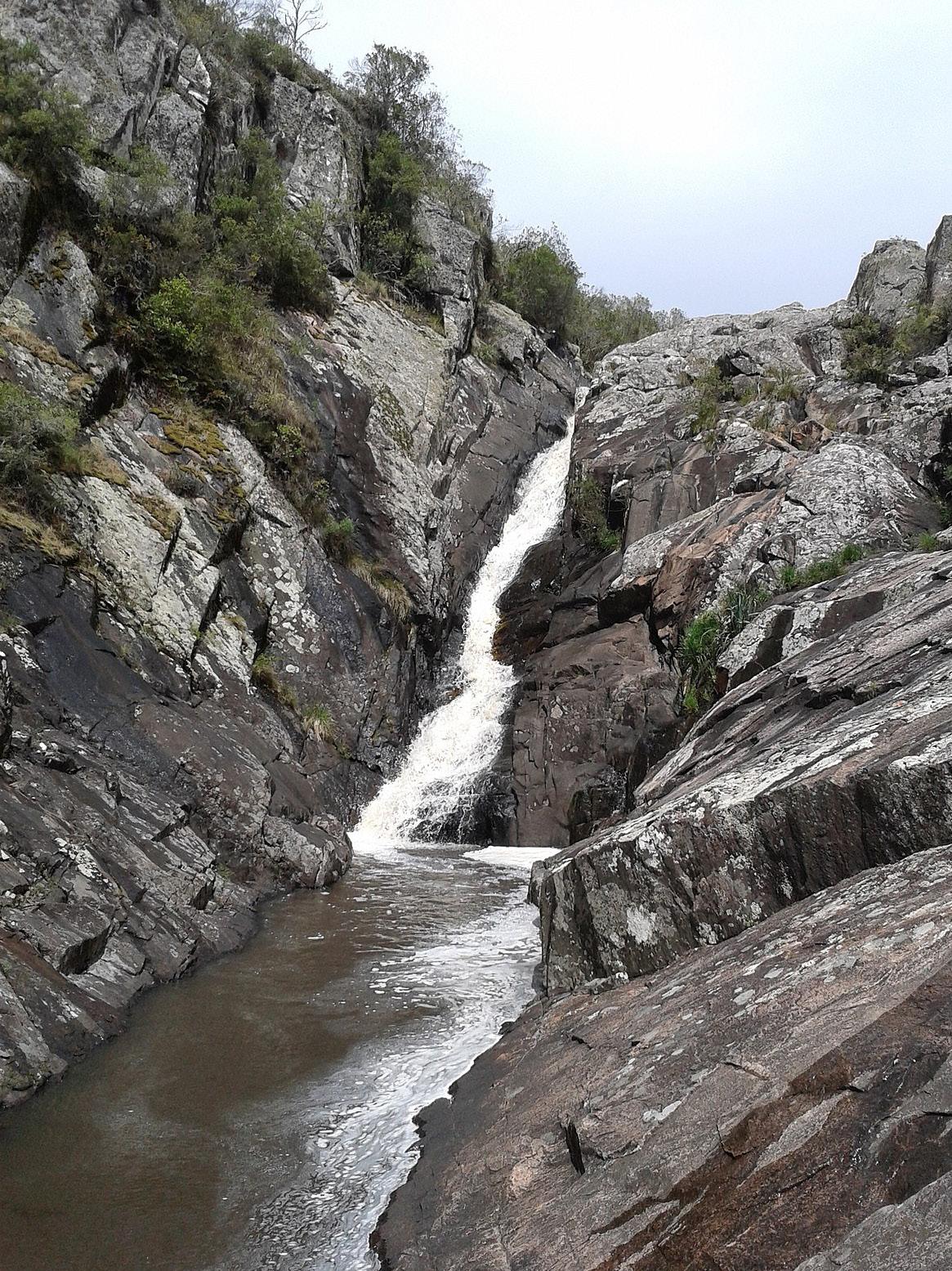

24.
TACUAREMBO TACUAREMBO

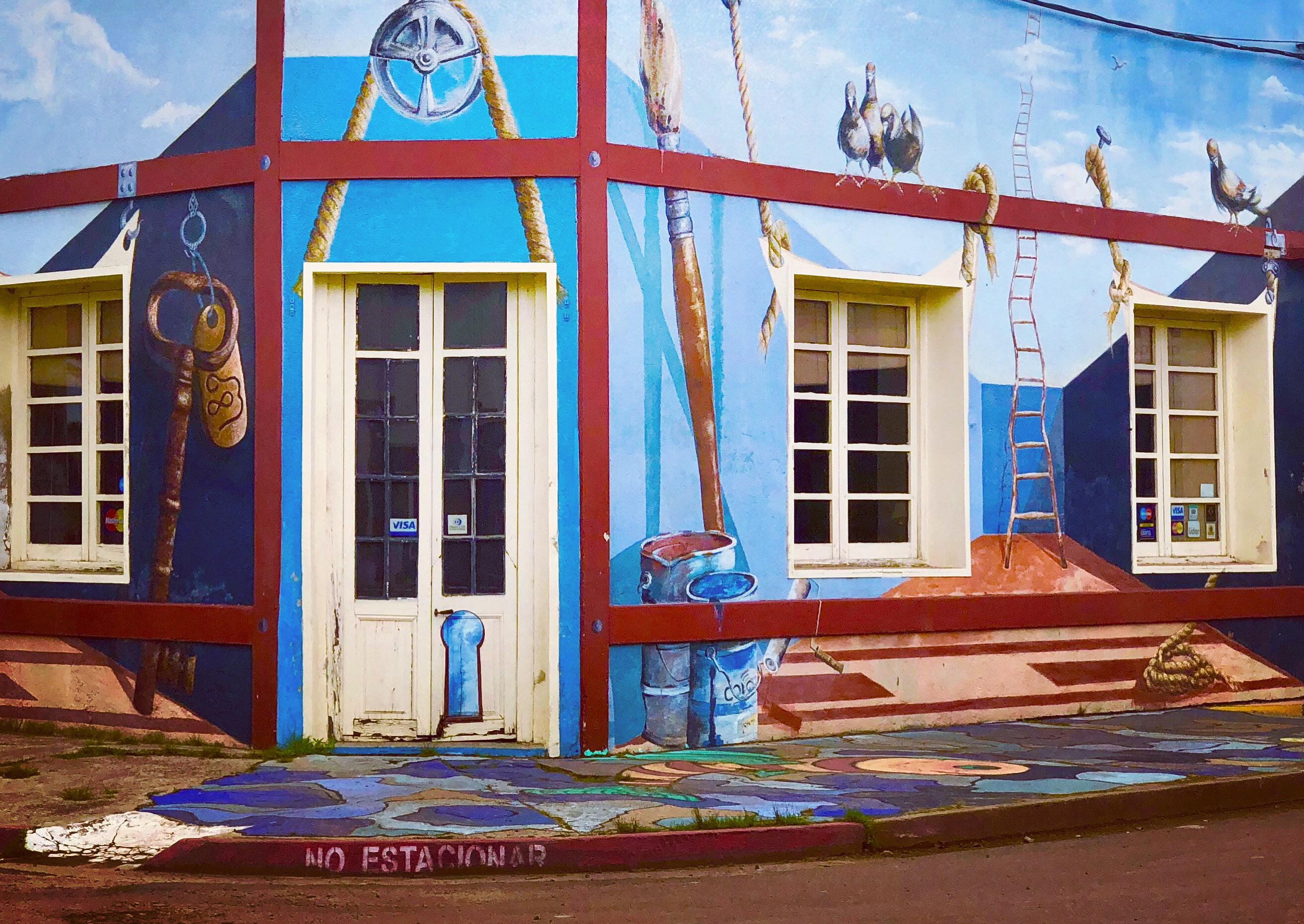
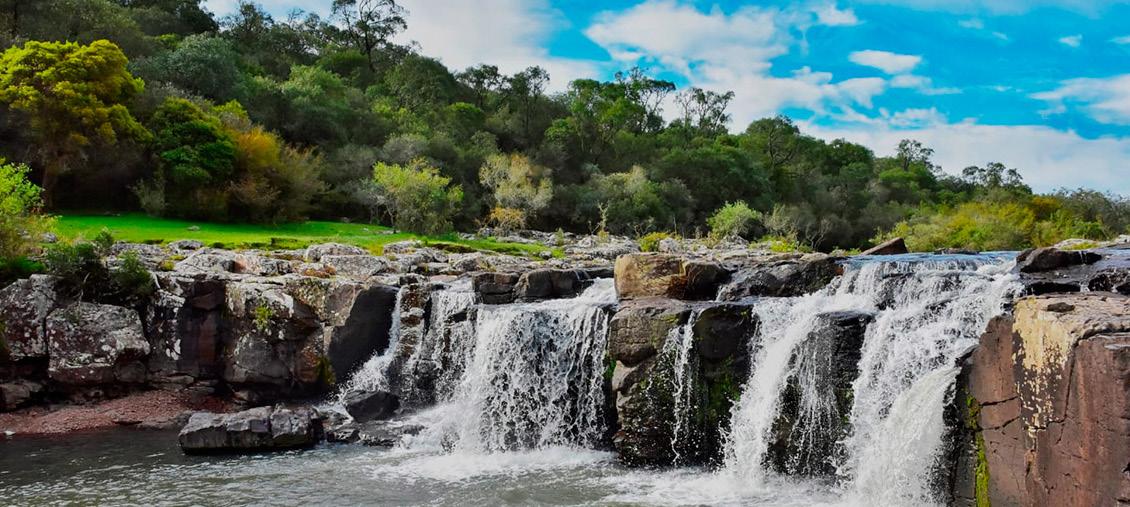
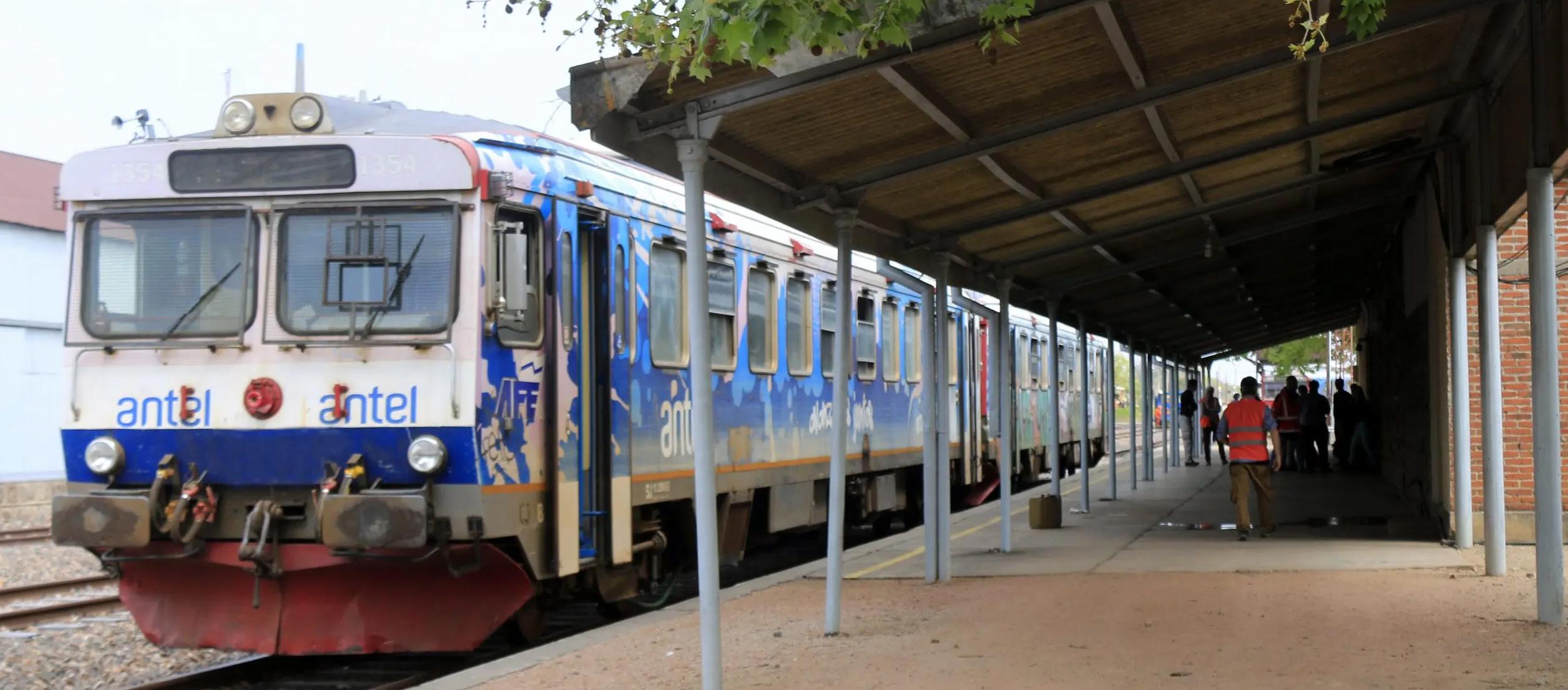



Autora / Author: Karina Gración
